.
Click one of the links below to take you directly to that section
Do you have any suggestions or comments? Email me at beaudodson@usawx.com
.
.
into www.weathertalk.com and then click the payment tab. Thank you
Seven-day forecast for southeast Missouri, southern Illinois, western Kentucky, and western Tennessee.
This is a BLEND for the region. Scroll down to see the region by region forecast.
THE FORECAST IS GOING TO VARY FROM LOCATION TO LOCATION. Scroll down to see the region by region forecast.
48-hour forecast



.

.
Tuesday to Tuesday
1. Is lightning in the forecast? Yes. Lightning is likely Wednesday into Wednesday night.
2. Are severe thunderstorms in the forecast? Yes. Severe weather will be possible Wednesday and Wednesday night. The primary concern will be 60 mph winds, quarter size hail, and a short-lived tornado.
3. Is flash flooding in the forecast? Monitor. Locally heavy rain is possible Wednesday. Widespread flooding is not anticipated.
4. Will the wind chill dip below 10 degrees? No.
5. Is measurable snow and/or sleet in the forecast? Not at this time. I am watching a system Saturday night into Sunday night. For now, confidence in measurable snow is low.
6. Is freezing rain/ice in the forecast? No.
Freezing rain is rain that falls and instantly freezes on objects such as trees and power lines
6. Will the heat index exceed 100 degrees? No.
.
.
Tuesday, January 17, 2023
Confidence in the forecast? High Confidence
Tuesday Forecast: Patchy dense fog this morning. Partly cloudy. Mild.
What is the chance of precipitation?
Far northern southeast Missouri ~ 0%
Southeast Missouri ~ 0%
The Missouri Bootheel ~ 0%
I-64 Corridor of southern Illinois ~ 0%
Southern Illinois ~ 0%
Extreme southern Illinois (southern seven counties) ~ 0%
Far western Kentucky ~ 0%
The Pennyrile area of western KY ~ 0%
Northwest Kentucky (near Indiana border) ~ 0%
Northwest Tennessee ~ 0%
Coverage of precipitation:
Timing of the precipitation:
Temperature range:
Far northern southeast Missouri ~ 56° to 60°
Southeast Missouri ~ 56° to 60°
The Missouri Bootheel ~ 60° to 64°
I-64 Corridor of southern Illinois ~ 56° to 60°
Southern Illinois ~ 58° to 62°
Extreme southern Illinois (southern seven counties) ~ 58° to 62°
Far western Kentucky ~ 58° to 62°
The Pennyrile area of western KY ~ 58° to 62°
Northwest Kentucky (near Indiana border) ~ 60° to 62°
Northwest Tennessee ~ 60° to 64°
Winds will be from this direction: West southwest 7 to 14 mph.
Wind chill or heat index (feels like) temperature forecast: 50° to 60°
What impacts are anticipated from the weather?
Should I cancel my outdoor plans?
UV Index: 2. Low.
Sunrise: 7:07 AM
Sunset: 5:03 PM
.
Tuesday night Forecast:
What is the chance of precipitation? Thickening clouds. A chance of a late night shower.
Far northern southeast Missouri ~ 30%
Southeast Missouri ~ 30%
The Missouri Bootheel ~ 30%
I-64 Corridor of southern Illinois ~ 20%
Southern Illinois ~ 20%
Extreme southern Illinois (southern seven counties) ~ 20%
Far western Kentucky ~ 20%
The Pennyrile area of western KY ~ 20%
Northwest Kentucky (near Indiana border) ~ 20%
Northwest Tennessee ~ 20%
Coverage of precipitation: Scattered
Timing of the precipitation: After midnight.
Temperature range:
Far northern southeast Missouri ~ 34° to 38°
Southeast Missouri ~ 40° to 44°
The Missouri Bootheel ~ 44° to 46°
I-64 Corridor of southern Illinois ~ 34° to 38°
Southern Illinois ~ 40° to 44°
Extreme southern Illinois (southern seven counties) ~ 42° to 45°
Far western Kentucky ~ 44° to 48°
The Pennyrile area of western KY ~ 43° to 46°
Northwest Kentucky (near Indiana border) ~ 42° to 45°
Northwest Tennessee ~ 46° to 48°
Winds will be from this direction: East 5 to 10 mph
Wind chill or heat index (feels like) temperature forecast: 40° to 48°
What impacts are anticipated from the weather? Wet roadways.
Should I cancel my outdoor plans? No, but monitor the Beau Dodson Weather Radars.
Moonrise: 2:43 AM
Moonset: 12:47 PM
The phase of the moon: Waning Crescent
.
Wednesday, January 18, 2023
Confidence in the forecast? High Confidence
Wednesday Forecast: Cloudy. Showers and thunderstorms likely.
What is the chance of precipitation?
Far northern southeast Missouri ~ 80%
Southeast Missouri ~ 80%
The Missouri Bootheel ~ 90%
I-64 Corridor of southern Illinois ~ 80%
Southern Illinois ~ 80%
Extreme southern Illinois (southern seven counties) ~ 90%
Far western Kentucky ~ 80%
The Pennyrile area of western KY ~ 80%
Northwest Kentucky (near Indiana border) ~ 80%
Northwest Tennessee ~ 90%
Coverage of precipitation: Widespread
Timing of the precipitation: Any given point of time.
Temperature range:
Far northern southeast Missouri ~ 54° to 56°
Southeast Missouri ~ 54° to 58°
The Missouri Bootheel ~ 60° to 64°
I-64 Corridor of southern Illinois ~ 54° to 56°
Southern Illinois ~ 54° to 58°
Extreme southern Illinois (southern seven counties) ~ 56° to 60°
Far western Kentucky ~ 60° to 64°
The Pennyrile area of western KY ~ 60° to 62°
Northwest Kentucky (near Indiana border) ~ 56° to 60°
Northwest Tennessee ~ 60° to 64°
Winds will be from this direction: East southeast 10 to 25 mph with higher gusts.
Wind chill or heat index (feels like) temperature forecast: 52° to 62°
What impacts are anticipated from the weather? Wet roadways. Lightning. Monitor the risk of severe thunderstorms.
Should I cancel my outdoor plans? Have a plan B and monitor the Beau Dodson Weather Radars.
UV Index: 2. Low.
Sunrise: 7:06 AM
Sunset: 5:04 PM
.
Wednesday night Forecast:
What is the chance of precipitation? Mostly cloudy with a chance of rain. A thunderstorm will be possible early.
Far northern southeast Missouri ~ 60%
Southeast Missouri ~ 60%
The Missouri Bootheel ~ 60%
I-64 Corridor of southern Illinois ~ 60%
Southern Illinois ~ 60%
Extreme southern Illinois (southern seven counties) ~ 60%
Far western Kentucky ~ 70%
The Pennyrile area of western KY ~ 80%
Northwest Kentucky (near Indiana border) ~ 70%
Northwest Tennessee ~ 70%
Coverage of precipitation: Numerous
Timing of the precipitation: Mainly the first half of the night. Decreasing coverage overnight.
Temperature range:
Far northern southeast Missouri ~ 40° to 42°
Southeast Missouri ~ 40° to 42°
The Missouri Bootheel ~ 42° to 44°
I-64 Corridor of southern Illinois ~ 40° to 42°
Southern Illinois ~ 42° to 44°
Extreme southern Illinois (southern seven counties) ~ 42° to 44°
Far western Kentucky ~ 42° to 44°
The Pennyrile area of western KY ~ 42° to 44°
Northwest Kentucky (near Indiana border) ~ 42° to 44°
Northwest Tennessee ~ 42° to 45°
Winds will be from this direction: Southeast becoming south southwest 10 to 25 mph with higher gusts.
Wind chill or heat index (feels like) temperature forecast: 28° to 36°
What impacts are anticipated from the weather? Wet roadways. Lightning.
Should I cancel my outdoor plans? Have a plan B and monitor the Beau Dodson Weather Radars.
Moonrise: 3:56 AM
Moonset: 1:32 PM
The phase of the moon: Waning Crescent
.
Thursday, January 19, 2023
Confidence in the forecast? Medium Confidence
Thursday Forecast: A mix of sun and clouds. Windy.
What is the chance of precipitation?
Far northern southeast Missouri ~ 0%
Southeast Missouri ~ 0%
The Missouri Bootheel ~ 0%
I-64 Corridor of southern Illinois ~ 0%
Southern Illinois ~ 0%
Extreme southern Illinois (southern seven counties) ~ 0%
Far western Kentucky ~ 0%
The Pennyrile area of western KY ~ 0%
Northwest Kentucky (near Indiana border) ~ 0%
Northwest Tennessee ~ 0%
Coverage of precipitation:
Timing of the precipitation:
Temperature range:
Far northern southeast Missouri ~ 46° to 52°
Southeast Missouri ~ 46° to 52°
The Missouri Bootheel ~ 48° to 52°
I-64 Corridor of southern Illinois ~ 46° to 50°
Southern Illinois ~ 46° to 52°
Extreme southern Illinois (southern seven counties) ~ 46° to 52°
Far western Kentucky ~ 50° to 52°
The Pennyrile area of western KY ~ 50° to 52°
Northwest Kentucky (near Indiana border) ~ 50° to 52°
Northwest Tennessee ~ 52° to 54°
Winds will be from this direction: West 15 to 30 mph. Higher gusts possible.
Wind chill or heat index (feels like) temperature forecast: 40° to 50°
What impacts are anticipated from the weather?
Should I cancel my outdoor plans? No
UV Index: 2. Low.
Sunrise: 7:06 AM
Sunset: 5:05 PM
.
Thursday night Forecast:
What is the chance of precipitation? Partly cloudy.
Far northern southeast Missouri ~ 0%
Southeast Missouri ~ 0%
The Missouri Bootheel ~ 0%
I-64 Corridor of southern Illinois ~ 0%
Southern Illinois ~ 0%
Extreme southern Illinois (southern seven counties) ~ 0%
Far western Kentucky ~ 0%
The Pennyrile area of western KY ~ 0%
Northwest Kentucky (near Indiana border) ~ 0%
Northwest Tennessee ~ 0%
Coverage of precipitation:
Timing of the precipitation:
Temperature range:
Far northern southeast Missouri ~ 26° to 30°
Southeast Missouri ~ 28° to 32°
The Missouri Bootheel ~ 30° to 32°
I-64 Corridor of southern Illinois ~ 26° to 30°
Southern Illinois ~ 26° to 30°
Extreme southern Illinois (southern seven counties) ~ 30° to 32°
Far western Kentucky ~ 30° to 32°
The Pennyrile area of western KY ~ 30° to 32°
Northwest Kentucky (near Indiana border) ~ 30° to 32°
Northwest Tennessee ~ 30° to 32°
Winds will be from this direction: West 6 to 12 mph with gusts to 25 mph.
Wind chill or heat index (feels like) temperature forecast: 24° to 28°
What impacts are anticipated from the weather?
Should I cancel my outdoor plans? No
Moonrise: 5:10 AM
Moonset: 2:29 PM
The phase of the moon: Waning Crescent
.
Friday, January 20, 2023
Confidence in the forecast? Medium Confidence
Friday Forecast: Partly cloudy.
What is the chance of precipitation?
Far northern southeast Missouri ~ 0%
Southeast Missouri ~ 0%
The Missouri Bootheel ~ 0%
I-64 Corridor of southern Illinois ~ 0%
Southern Illinois ~ 0%
Extreme southern Illinois (southern seven counties) ~ 0%
Far western Kentucky ~ 0%
The Pennyrile area of western KY ~ 0%
Northwest Kentucky (near Indiana border) ~ 0%
Northwest Tennessee ~ 0%
Coverage of precipitation:
Timing of the precipitation:
Temperature range:
Far northern southeast Missouri ~ 44° to 48°
Southeast Missouri ~ 44° to 48°
The Missouri Bootheel ~ 44° to 48°
I-64 Corridor of southern Illinois ~ 44° to 48°
Southern Illinois ~ 44° to 48°
Extreme southern Illinois (southern seven counties) ~ 44° to 48°
Far western Kentucky ~ 44° to 48°
The Pennyrile area of western KY ~ 44° to 48°
Northwest Kentucky (near Indiana border) ~ 44° to 48°
Northwest Tennessee ~ 44° to 48°
Winds will be from this direction: Northwest 5 to 10 mph.
Wind chill or heat index (feels like) temperature forecast: 38° to 44°
What impacts are anticipated from the weather?
Should I cancel my outdoor plans? No
UV Index: 3. Moderate.
Sunrise: 7:07 AM
Sunset: 5:07 PM
.
Friday night Forecast:
What is the chance of precipitation? Mostly clear.
Far northern southeast Missouri ~ 0%
Southeast Missouri ~ 0%
The Missouri Bootheel ~ 0%
I-64 Corridor of southern Illinois ~ 0%
Southern Illinois ~ 0%
Extreme southern Illinois (southern seven counties) ~ 0%
Far western Kentucky ~ 0%
The Pennyrile area of western KY ~ 0%
Northwest Kentucky (near Indiana border) ~ 0%
Northwest Tennessee ~ 0%
Coverage of precipitation:
Timing of the precipitation:
Temperature range:
Far northern southeast Missouri ~ 26° to 30°
Southeast Missouri ~ 28° to 32°
The Missouri Bootheel ~ 30° to 32°
I-64 Corridor of southern Illinois ~ 26° to 30°
Southern Illinois ~ 26° to 30°
Extreme southern Illinois (southern seven counties) ~ 30° to 32°
Far western Kentucky ~ 30° to 32°
The Pennyrile area of western KY ~ 30° to 32°
Northwest Kentucky (near Indiana border) ~ 30° to 32°
Northwest Tennessee ~ 30° to 32°
Winds will be from this direction: Light wind.
Wind chill or heat index (feels like) temperature forecast: 24° to 28°
What impacts are anticipated from the weather?
Should I cancel my outdoor plans? No
Moonrise: 6:19 AM
Moonset: 3:38 PM
The phase of the moon: Waning Crescent
.
Saturday, January 21, 2023
Confidence in the forecast? Medium Confidence
Saturday Forecast: Partly cloudy.
What is the chance of precipitation?
Far northern southeast Missouri ~ 0%
Southeast Missouri ~ 0%
The Missouri Bootheel ~ 0%
I-64 Corridor of southern Illinois ~ 0%
Southern Illinois ~ 0%
Extreme southern Illinois (southern seven counties) ~ 0%
Far western Kentucky ~ 0%
The Pennyrile area of western KY ~ 0%
Northwest Kentucky (near Indiana border) ~ 0%
Northwest Tennessee ~ 0%
Coverage of precipitation:
Timing of the precipitation:
Temperature range:
Far northern southeast Missouri ~ 44° to 48°
Southeast Missouri ~ 44° to 48°
The Missouri Bootheel ~ 44° to 48°
I-64 Corridor of southern Illinois ~ 44° to 48°
Southern Illinois ~ 44° to 48°
Extreme southern Illinois (southern seven counties) ~ 44° to 48°
Far western Kentucky ~ 44° to 48°
The Pennyrile area of western KY ~ 44° to 48°
Northwest Kentucky (near Indiana border) ~ 44° to 48°
Northwest Tennessee ~ 44° to 48°
Winds will be from this direction: North northeast 5 to 10 mph
Wind chill or heat index (feels like) temperature forecast: 38° to 44°
What impacts are anticipated from the weather?
Should I cancel my outdoor plans? No
UV Index: 3. Moderate.
Sunrise: 7:06 AM
Sunset: 5:08 PM
.
Saturday night Forecast:
What is the chance of precipitation? Increasing clouds. A chance of rain or snow showers.
Far northern southeast Missouri ~ 30%
Southeast Missouri ~ 30%
The Missouri Bootheel ~ 30%
I-64 Corridor of southern Illinois ~ 20%
Southern Illinois ~ 20%
Extreme southern Illinois (southern seven counties) ~ 20%
Far western Kentucky ~ 20%
The Pennyrile area of western KY ~ 20%
Northwest Kentucky (near Indiana border) ~ 20%
Northwest Tennessee ~ 20%
Coverage of precipitation: Widely scattered.
Timing of the precipitation: After midnight.
Temperature range:
Far northern southeast Missouri ~ 26° to 30°
Southeast Missouri ~ 28° to 32°
The Missouri Bootheel ~ 30° to 32°
I-64 Corridor of southern Illinois ~ 26° to 30°
Southern Illinois ~ 26° to 30°
Extreme southern Illinois (southern seven counties) ~ 30° to 32°
Far western Kentucky ~ 30° to 32°
The Pennyrile area of western KY ~ 30° to 32°
Northwest Kentucky (near Indiana border) ~ 30° to 32°
Northwest Tennessee ~ 30° to 32°
Winds will be from this direction: Light wind.
Wind chill or heat index (feels like) temperature forecast: 24° to 28°
What impacts are anticipated from the weather? Monitor updates.
Should I cancel my outdoor plans? No, but monitor the Beau Dodson Weather Radars.
Moonrise: 7:18 AM
Moonset: 4:55 PM
The phase of the moon: New
.
..![]()
** The farming portion of the blog has been moved further down. Scroll down to the weekly temperature and precipitation outlook. You will find the farming and long range graphics there. **
Click the tab below.
![]()
![]()
Click here if you would like to return to the top of the page.
.
Click here if you would like to return to the top of the page.
This outlook covers southeast Missouri, southern Illinois, western Kentucky, and far northwest Tennessee.
Today through January 25th: An active pattern continues across the central United States.
Severe thunderstorms will be possible tomorrow and tomorrow night (Wednesday).
The primary concern would be lightning, heavy rain, quarter size hail, a few reports of wind damage, and a short-lived tornado.
.
Today’s Storm Prediction Center’s Severe Weather Outlook
Light green is where thunderstorms may occur but should be below severe levels.
Dark green is a level one risk. Yellow is a level two risk. Orange is a level three (enhanced) risk. Red is a level four (moderate) risk. Pink is a level five (high) risk.
One is the lowest risk. Five is the highest risk.
A severe storm is one that produces 58 mph wind or higher, quarter size hail, and/or a tornado.
Explanation of tables. Click here.
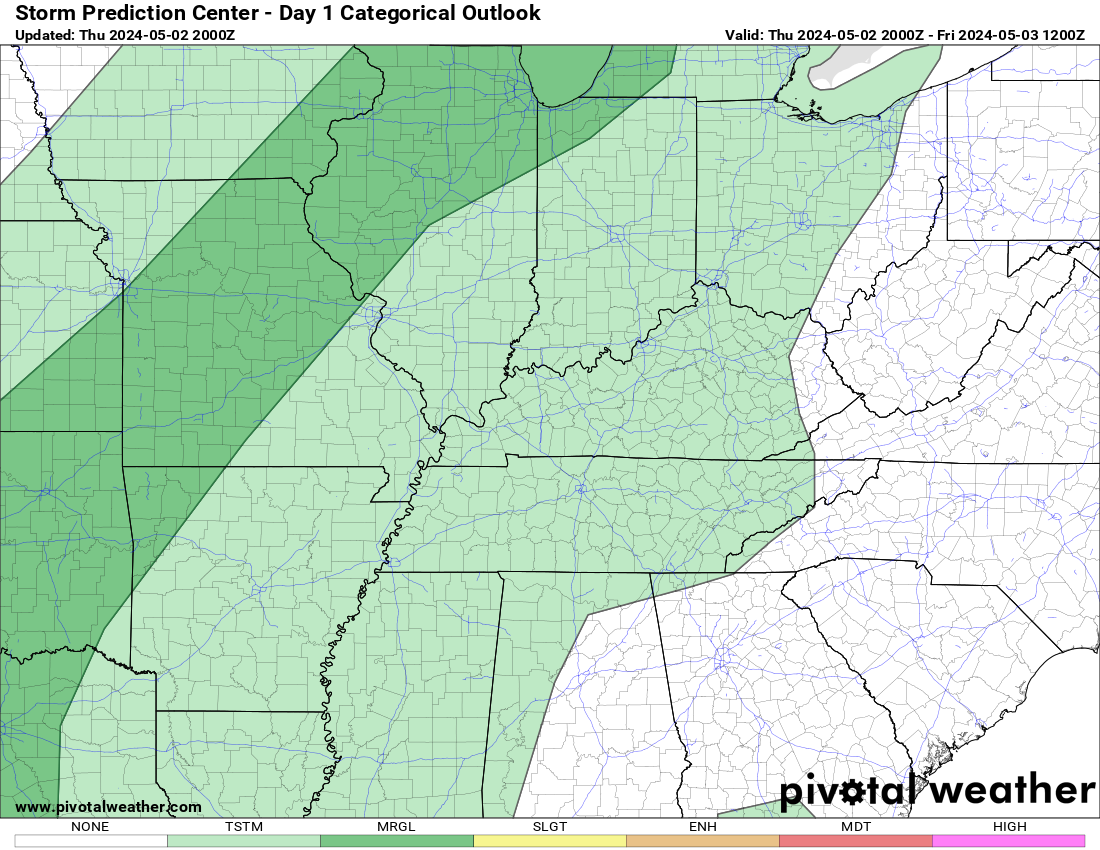
.
Tornado Probability Outlook
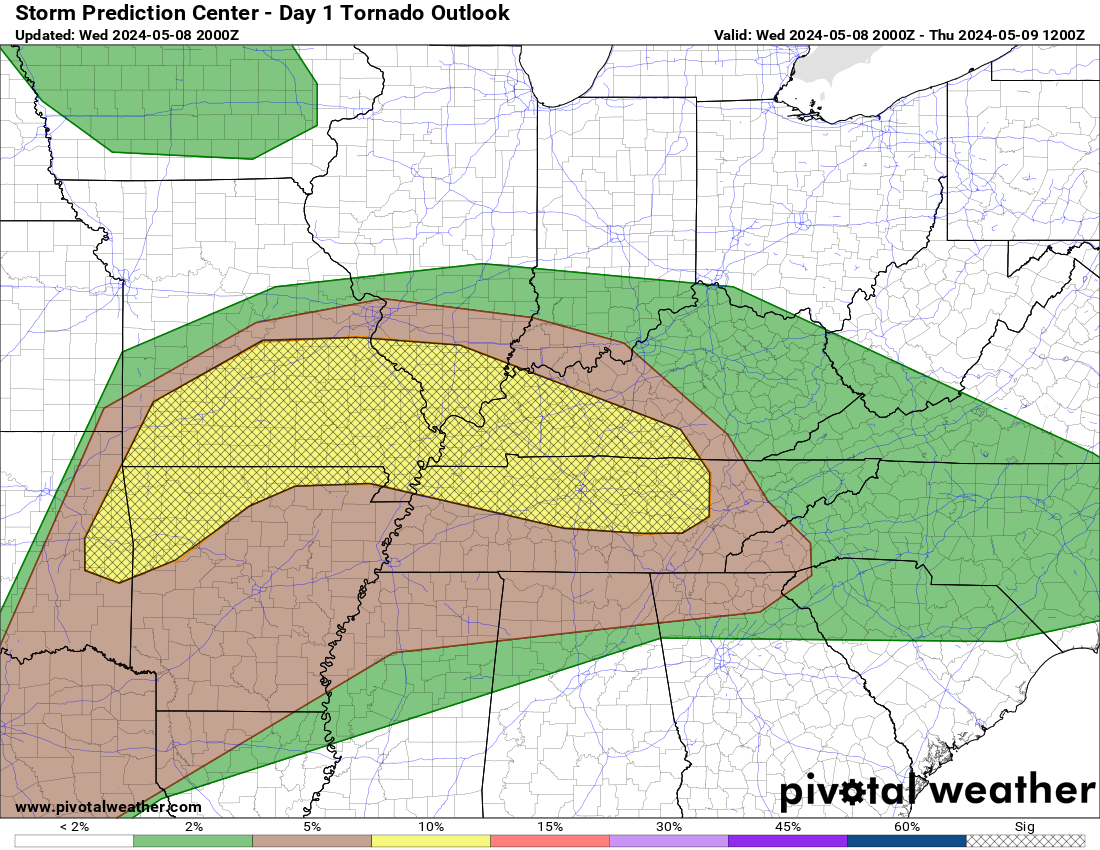
.
Damaging Wind Probability Outlook
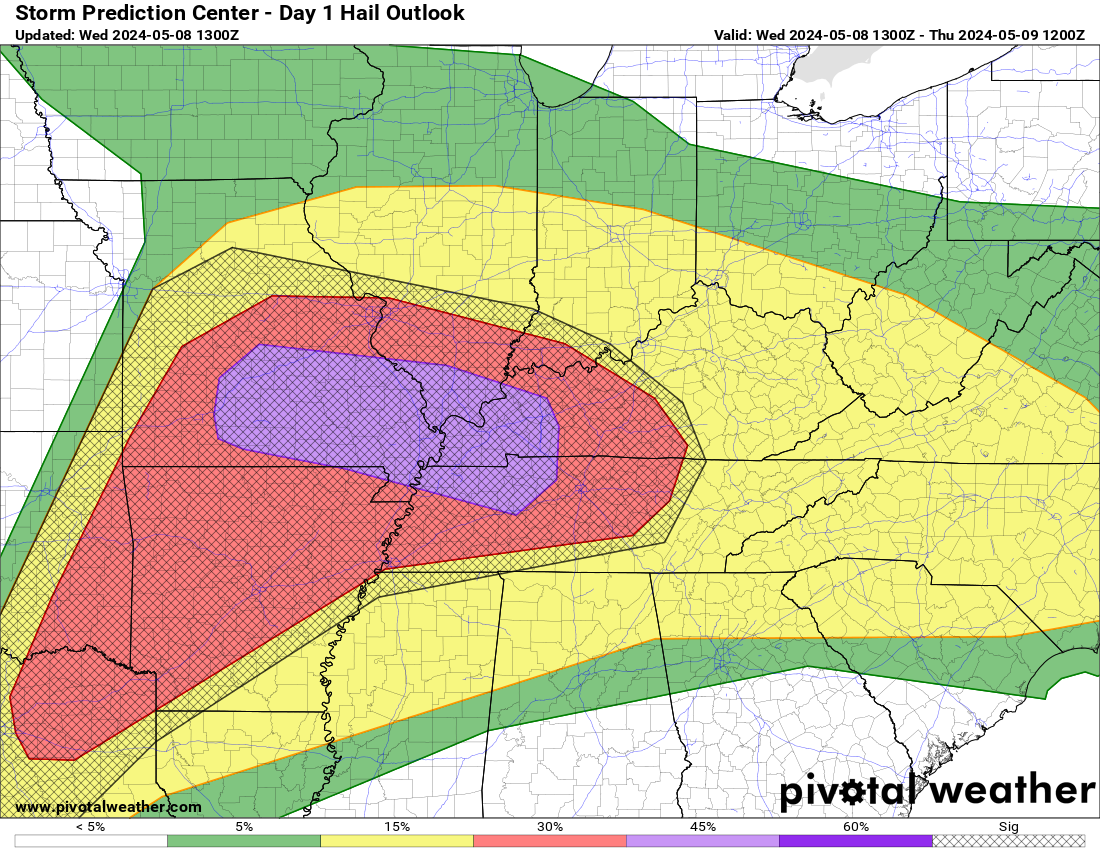
.
Large Hail Probability Outlook
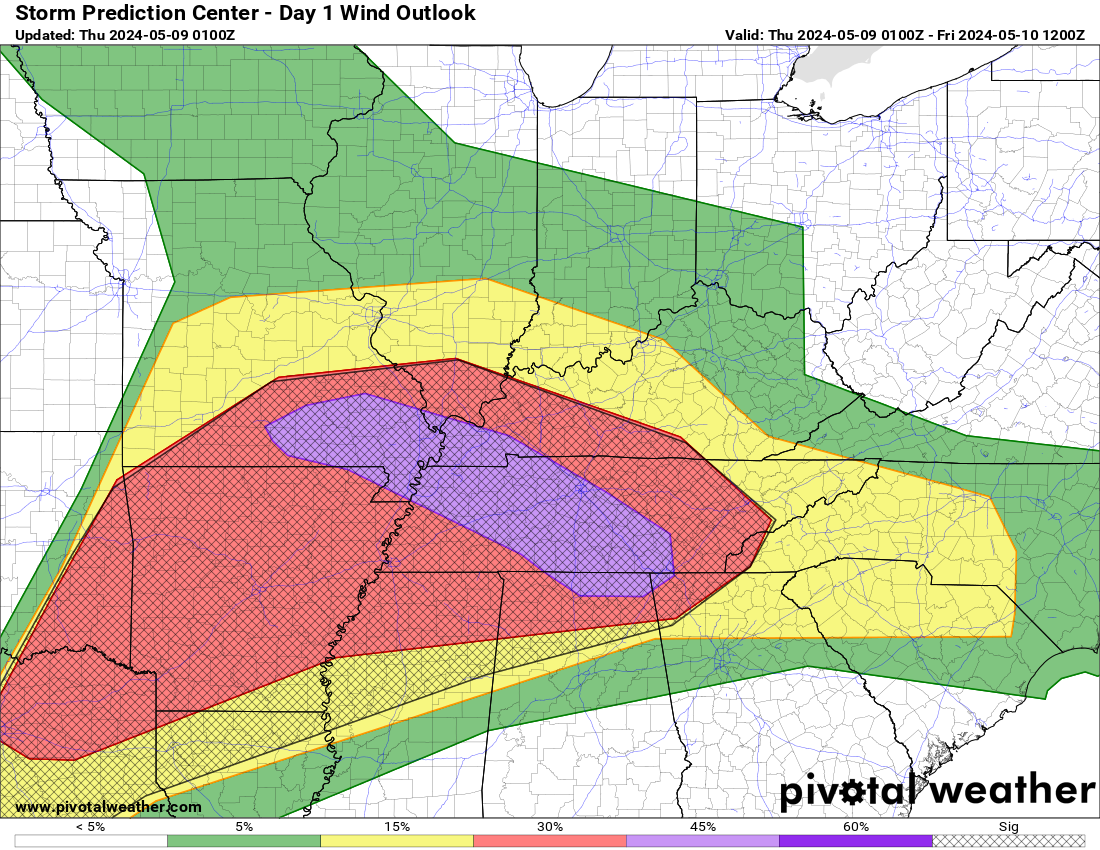
.
Tomorrow’s severe weather outlook.
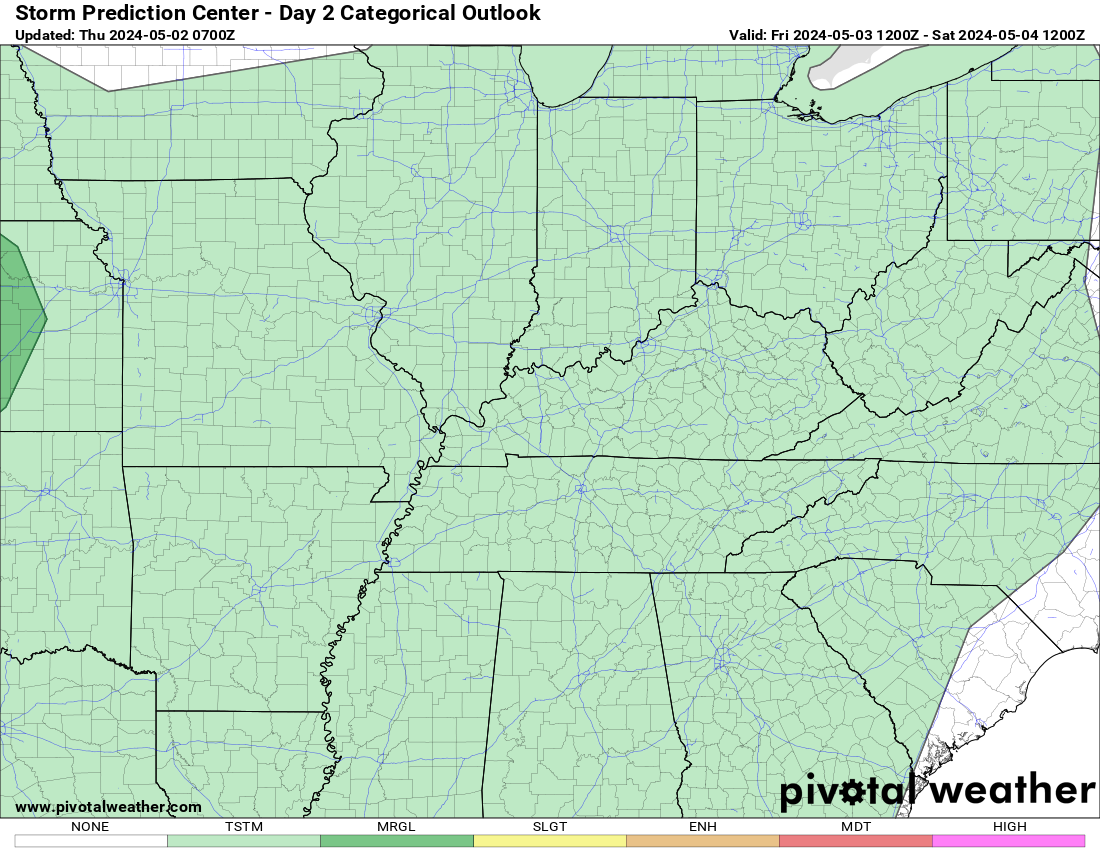
.
Day Three Severe Weather Outlook
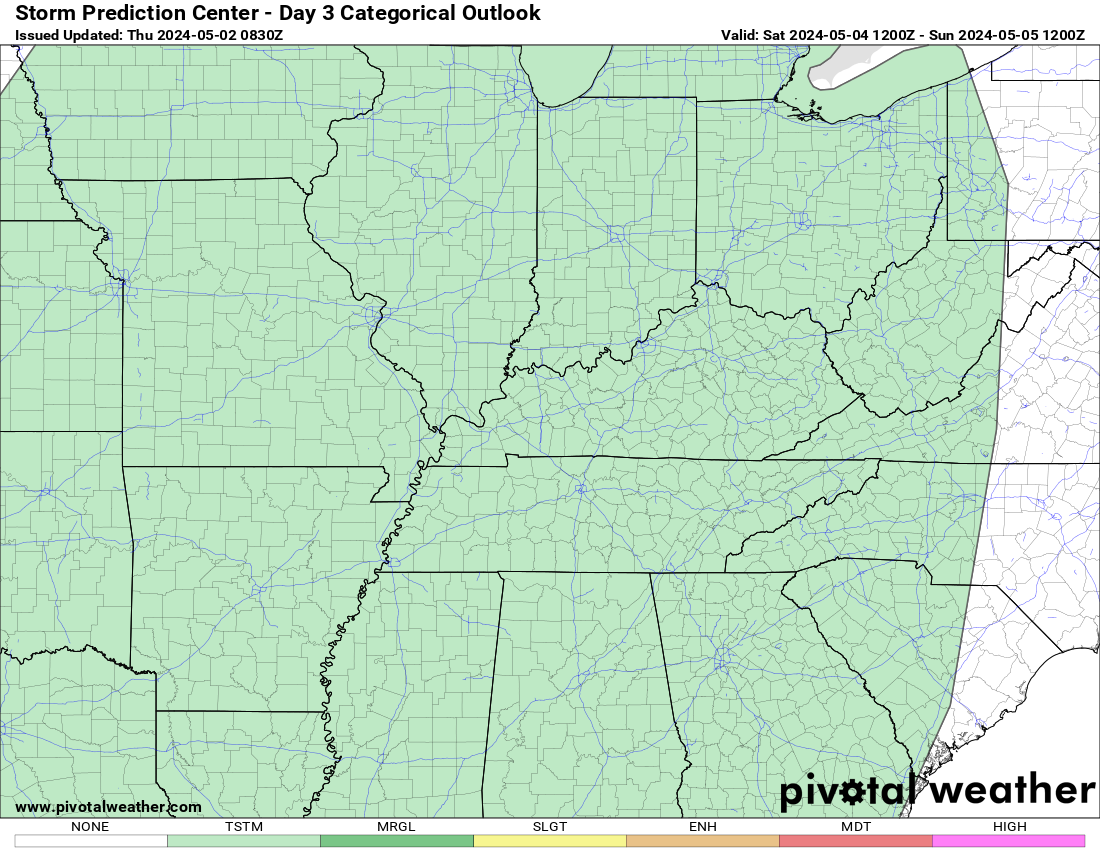
.

.
The images below are from NOAA’s Weather Prediction Center.
24-hour precipitation outlook..
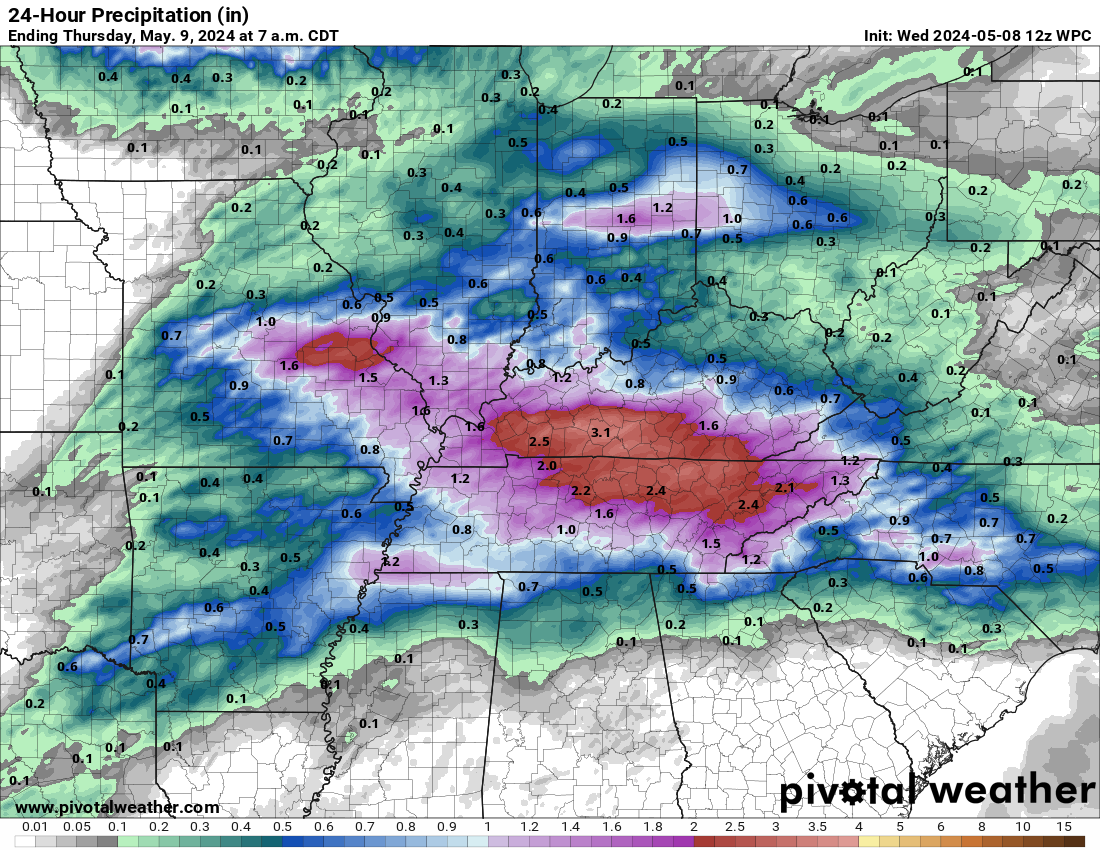 .
.
.
48-hour precipitation outlook.
.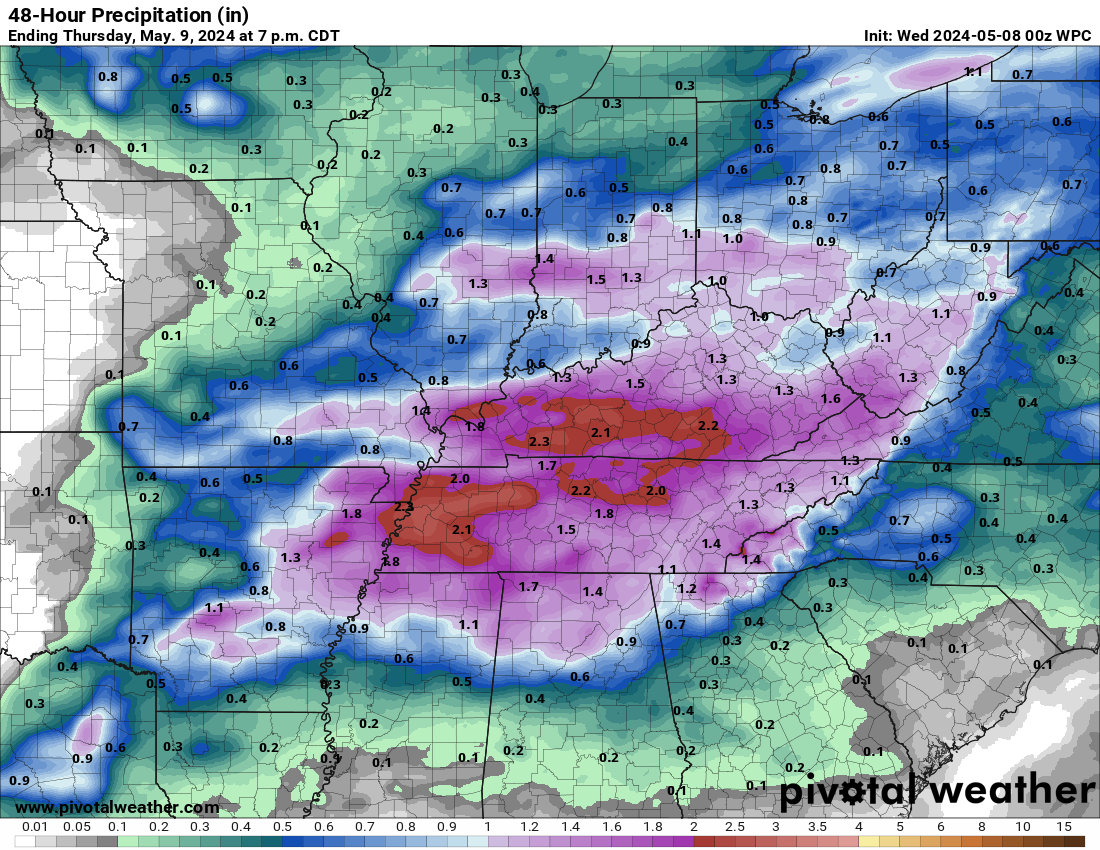
.
72-hour precipitation outlook.
.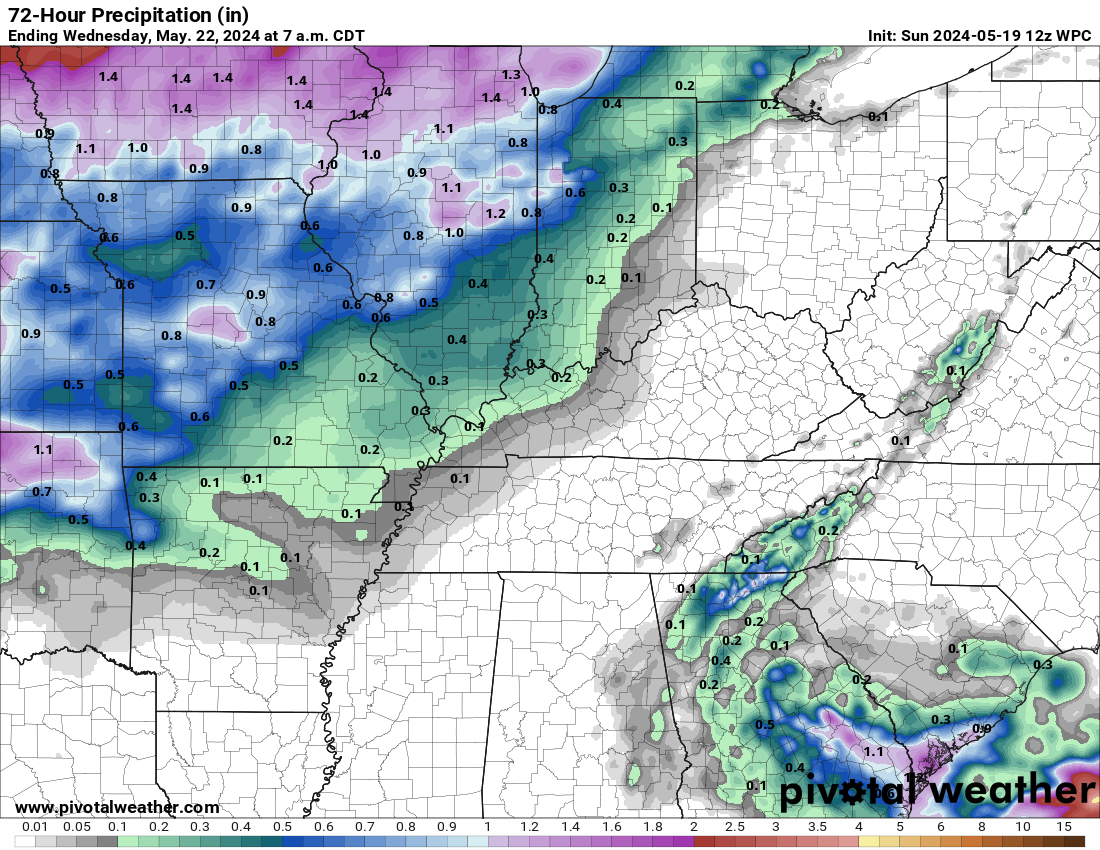
.
Weather Discussion
-
- A nice day is on tap for the region. Mild. Well above average temperatures.
- Thickening clouds tonight. Small shower chances.
- Thunderstorm chances ramp up Wednesday and Wednesday evening.
- Monitoring precipitation chances Saturday night into Sunday night.
- Cooler this weekend.
- Watching another system around the 25th of January. Active pattern continues.
Weather advice:
Patchy dense fog this morning. Use care.
Monitor the risk of severe weather Wednesday.
Monitor the risk of rain or a wintry mix Saturday night into Sunday night.
Current Weather Discussion
First, we do have patchy dense fog in the region this morning. Use care as the visibility is lower in some areas.
We have an active pattern that continues to bring us precipitation chances every few days.
Remember that drought last fall? That is long gone.
We have been in an active pattern since the middle of December.
The parade of storms that have pounded California continue to push into our region, as well.
Thankfully, not quite as bad as what has happened out there. Some locations are measuring rain by the foot. Snow totals are not in excess of 200 inches in the mountains of California. Just incredible.
We have a nice day on tap for the region. It will feel like spring and not like the middle of winter.
Climatologically speaking, this should be some of our coldest air of the season. Now into February.
It won’t be.
Highs today will range from the upper 50s to middle 60s. Widespread 60s are likely if clouds depart. Amazing temperatures for January.
Most of this month has been warmer than average.
Look at these temperature departures. The red is an above average temperature day. The dark red is ten or more degrees above average. I chose Paducah since it is centrally located.
January has been one for the books!
Today will be another WELL above average temperature day.
A storm system is taking shape to our west southwest.
Yesterday’s system “primed the dew point pump”. Meaning, the cold front was not strong enough to scour out the dew points. It left a pool of moisture behind.
Those higher dew points will surge northward ahead of the cold front tonight into tomorrow. That will set the stage for thunderstorms.
Dew points are a measure of moisture. Typically, when forecasting severe weather, we look for 58 degrees and above.
Here is this morning’s dew point map. Notice the green colors down in Arkansas and the blue colors south of there.
That is the moisture pool left over from yesterday’s storm system.
Here is the dew point map for Wednesday evening. You can see the blue colors surge northward into our region.
Those blue colors are 60 degrees and above.
Those will be sufficient dew points for locally heavy rain and perhaps some severe thunderstorms.
Wind fields will rapidly increase as the low-level jet intensifies Wednesday afternoon and evening.
Here is the 850 mb jet stream. This is about 5000′ aloft. You can double click on the images to enlarge them.
You can barely make out the state outlines.
Those dark red colors are right over our region and represent wind speeds of 70 mph. Those are strong low level winds.
If thunderstorms can tap into that, then they could become severe.
Here is the 850 mb jet stream winds around midnight Thursday morning. You can see they are pushing off to the east.
Here is the 500 mb map. This is about 18,000 feet aloft. You can see that streak of winds topping 120 mph.
Here is the 300 mb jet stream winds. This is 30,000′ aloft.
That is a 157 mph jet streak moving across our region.
Here is a zoomed out view of the 500 mb (18,000′) jet stream winds.
Here is a zoomed out view of the 300 mb jet stream.
So, we certainly have the wind shear to work with. Wind shear is the increase of wind speed with height and the change of direction with height.
Wind shear is one ingredient we look at when forecasting severe weather.
We will also have a chance of locally heavy rain Wednesday. We anticipate one to two inches of rain.
The WPC/NOAA has placed us in a level one and level two risk of flooding.
This is the excessive rainfall outlook.
The Storm Prediction Center (SPC) has placed us in a level one and two risk of severe weather.
This does make sense. We have sufficient dew points and wind shear for the threat of severe weather.
Here is their outlook. The light green is where sub-severe storms are anticipated.
The dark green and yellow would be the level one and two risk zone. That is the two lowest levels.
As I always remind you, don’t get too caught up in the colors. Weather does not always follow our colors.
There is a risk of severe weather area-wide. A few reports of wind damage and hail are expected. I can’t rule out a short-lived tornado. Similar to the last few events that produce one or two tornadoes.
Here is their threat matrix. Tornado, wind, and hail.
As mentioned before, there is some spin in the atmosphere.
The hodographcs show that quite well.
Here is the hodograph.
You can see where I drew in the white arrows. That shows the curve.
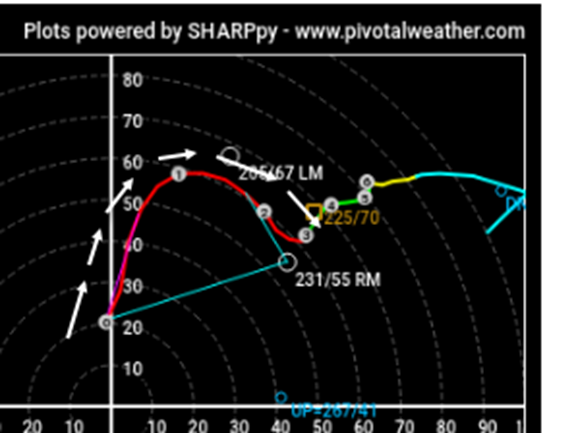
Bottom line is that we will need to monitor Wednesday and Wednesday night for the threat of severe thunderstorms. The primary time-frame of concern will be 12 PM through 12 AM.
Our next storm system will arrive Saturday night into Sunday night. There are timing differences in the three primary model suites. Some show rain and snow moving in Saturday night. Other data holds it off until late Sunday afternoon into Sunday night.
Either way, at this time, it appears to be a light precipitation event.
We will need to monitor temperatures. If the precipitation moves into the region Saturday night then a wintry mix will be possible. Perhaps Sunday night, as well.
Bridges and overpasses would freeze first.
I am watching another system around the 25th of January. It is too soon to know if that will be rain or snow (or both).
![]()
.

Click here if you would like to return to the top of the page.
Again, as a reminder, these are models. They are never 100% accurate. Take the general idea from them.
What should I take from these?
- The general idea and not specifics. Models usually do well with the generalities.
- The time-stamp is located in the upper left corner.
.
What am I looking at?
You are looking at different models. Meteorologists use many different models to forecast the weather. All models are wrong. Some are more wrong than others. Meteorologists have to make a forecast based on the guidance/models.
I show you these so you can see what the different models are showing as far as precipitation. If most of the models agree, then the confidence in the final weather forecast increases.
You can see my final forecast at the top of the page.
Occasionally, these maps are in Zulu time. 12z=7 AM. 18z=1 PM. 00z=7 PM. 06z=1 AM
Green represents light rain. Dark green represents moderate rain. Yellow and orange represent heavy rain.
Red represents freezing rain. Purple represents sleet. Blue represents snow. Dark blue represents heavy snow.
.
This animation is the HRW FV3 high resolution model.
This animation shows you what radar might look like as the next system pulls through the region. It is a future-cast radar.
Occasionally, these maps are in Zulu time. 12z=7 AM. 18z=1 PM. 00z=7 PM. 06z=1 AM
Green represents light rain. Dark green represents moderate rain. Yellow and orange represent heavy rain.
Red represents freezing rain. Purple represents sleet. Blue represents snow. Dark blue represents heavy snow.
Time-stamp upper left. Click the animation to enlarge it.
.
This animation is the Storm Prediction Center WRF model.
This animation shows you what radar might look like as the next system pulls through the region. It is a future-cast radar.
Time-stamp upper left. Click the animation to enlarge it.
Occasionally, these maps are in Zulu time. 12z=7 AM. 18z=1 PM. 00z=7 PM. 06z=1 AM
Green represents light rain. Dark green represents moderate rain. Yellow and orange represent heavy rain.
Red represents freezing rain. Purple represents sleet. Blue represents snow. Dark blue represents heavy snow.
Time-stamp upper left. Click the animation to enlarge it.
.
This animation is the Hrrr short-range model.
This animation shows you what radar might look like as the next system pulls through the region. It is a future-cast radar.
Occasionally, these maps are in Zulu time. 12z=7 AM. 18z=1 PM. 00z=7 PM. 06z=1 AM
Green represents light rain. Dark green represents moderate rain. Yellow and orange represent heavy rain.
Red represents freezing rain. Purple represents sleet. Blue represents snow. Dark blue represents heavy snow.
Time-stamp upper left. Click the animation to enlarge it.
Models are not picking up on much precipitation through Sunday night.
They show scattered sprinkles or flurries today into tomorrow.
You can barely see them on these graphics.
.
This animation is the higher resolution 3K NAM American Model.
Occasionally, these maps are in Zulu time. 12z=7 AM. 18z=1 PM. 00z=7 PM. 06z=1 AM
Green represents light rain. Dark green represents moderate rain. Yellow and orange represent heavy rain.
Red represents freezing rain. Purple represents sleet. Blue represents snow. Dark blue represents heavy snow.
Time-stamp upper left. Click the animation to enlarge it.
.
This next animation is the lower-resolution NAM American Model.
This animation shows you what radar might look like as the system pulls through the region. It is a future-cast radar.
Occasionally, these maps are in Zulu time. 12z=7 AM. 18z=1 PM. 00z=7 PM. 06z=1 AM
Green represents light rain. Dark green represents moderate rain. Yellow and orange represent heavy rain.
Red represents freezing rain. Purple represents sleet. Blue represents snow. Dark blue represents heavy snow.
Time-stamp upper left. Click the animation to enlarge it.
.
This next animation is the GFS American Model.
This animation shows you what radar might look like as the system pulls through the region. It is a future-cast radar.
Occasionally, these maps are in Zulu time. 12z=7 AM. 18z=1 PM. 00z=7 PM. 06z=1 AM
Green represents light rain. Dark green represents moderate rain. Yellow and orange represent heavy rain.
Red represents freezing rain. Purple represents sleet. Blue represents snow. Dark blue represents heavy snow.
Time-stamp upper left. Click the animation to enlarge it.
.
This next animation is the EC European Weather model.
This animation shows you what radar might look like as the system pulls through the region. It is a future-cast radar.
Occasionally, these maps are in Zulu time. 12z=7 AM. 18z=1 PM. 00z=7 PM. 06z=1 AM
Green represents light rain. Dark green represents moderate rain. Yellow and orange represent heavy rain.
Red represents freezing rain. Purple represents sleet. Blue represents snow. Dark blue represents heavy snow.
Time-stamp upper left. Click the animation to enlarge it.
.
This next animation is the Canadian Weather model.
This animation shows you what radar might look like as the system pulls through the region. It is a future-cast radar.
Occasionally, these maps are in Zulu time. 12z=7 AM. 18z=1 PM. 00z=7 PM. 06z=1 AM
Green represents light rain. Dark green represents moderate rain. Yellow and orange represent heavy rain.
Red represents freezing rain. Purple represents sleet. Blue represents snow. Dark blue represents heavy snow.
Time-stamp upper left. Click the animation to enlarge it.
.
.![]()
.

Double click the graphics below to enlarge them.
These graphics are usually not updated until after 10 AM
Double click on image to enlarge it
Morning long-range update (usually updated after 10:30 AM).
![]()
.

.
Click here if you would like to return to the top of the page.
.
Average high temperatures for this time of the year are around 42 degrees.
Average low temperatures for this time of the year are around 30 degrees.
Average precipitation during this time period ranges from 0.70″ to 1.00″
Yellow and orange colors are above average temperatures. Red is much above average. Light blue and blue are below-average temperatures. Green to purple colors represents much below-average temperatures.
Click on the image to expand it.

Average low temperatures for this time of the year are around 29 degrees
Average precipitation during this time period ranges from 0.70″ to 1.00″
.
This outlook covers January 24th through January 31st
Click on the image to expand it
The precipitation forecast is PERCENT OF AVERAGE. Brown is below average. Green is above average. Blue is much above average.

EC = Equal chances of above or below average
BN= Below average
M/BN = Much below average
AN = Above average
M/AN = Much above average
E/AN = Extremely above average
Average low temperatures for this time of the year are around 25 degrees
Average precipitation during this time period ranges from 1.40″ to 2.00″
This outlook covers January 31st through February 13th
Monthly Outlooks
E/BN extremely below normal
M/BN is much below normal
EC equal chances
AN above normal
M/AN much above normal
E/AN extremely above normal
January Temperature Outlook
January Precipitation Outlook
.
E/BN extremely below normal
M/BN is much below normal
EC equal chances
AN above normal
M/AN much above normal
E/AN extremely above normal
February Temperature Outlook
February Precipitation Outlook
E/BN extremely below normal
M/BN is much below normal
EC equal chances
AN above normal
M/AN much above normal
E/AN extremely above normal
March Temperature Outlook
March Precipitation Outlook
.
Winter Outlook
E/BN extremely below normal.
M/BN is much below normal
EC equal chances
AN above normal
M/AN much above normal
E/AN extremely above normal.
Double click on the images to enlarge them.
Temperature
Precipitation
.
.
The Winter Outlook has been posted. Another La Nina winter. As always, there will be wild cards in the forecast.
La Nina means that portions of the Pacific Ocean are cooler than normal. El Nino means that the Pacific waters are warmer than normal.
Learn more about La Nina at the following link CLICK HERE
La Niña means Little Girl in Spanish. La Niña is also sometimes called El Viejo, anti-El Niño, or simply “a cold event.” La Niña has the opposite effect of El Niño. During La Niña events, trade winds are even stronger than usual, pushing more warm water toward Asia. Off the west coast of the Americas, upwelling increases, bringing cold, nutrient-rich water to the surface.
These cold waters in the Pacific push the jet stream northward. This tends to lead to drought in the southern U.S. and heavy rains and flooding in the Pacific Northwest and Canada. During a La Niña year, winter temperatures are warmer than normal in the South and cooler than normal in the North
.
No two winters are alike. No two La Nina’s are alike.
The last two winters have been La Nina winters. Both winters delivered a variety of weather conditions.
As you know, during the past two winters we did experience severe thunderstorms and tornadoes. That is not unusual for La Nina conditions.
I do expect an increased risk of severe thunderstorms and ice. Those are common during the La Nina winter years.
We will have to monitor the NAO. If it does go negative then we have increased probabilities of cold air intrusions.
What is the NAO? Click here for more information.
Let’s keep in mind, that long range forecasts are less accurate than short-range forecasts.
What we can’t tell you are the possible extreme events. You could have a mild December and January and the winter be backloaded with cold and snow during the Month of February. Or, the other way around.
We can’t tell you if there will be one large ice-storm or one large tornado outbreak. Long-range outlooks don’t work that way.
People tend to remember winters as severe if there is a mega-event. Like the big ice storm in 2009. Everyone will remember that winter. Like the December tornado last year. Everyone will remember that winter.
We are able to tell you, with some degree of certainty, the overall generalities of the winter.
Of course, I understand that everyone wants to know if there will be a big snowstorm or a big event. We aren’t that accurate, yet. Those type of forecasts are left for short-range weather outlooks. Not long range ones.
Here is what will influence the winter.
ENSO. La Nina. The third year in a row. Rare to have three La Nina’s in a row. This has only happened three times in recorded history.
To better read the graphic, double click on it.
Outlook thoughts.
Odds favor December through February, when all is said and done, averaging above normal in the temperature department. Above average in the precipitation department.
That certainly does not mean there won’t be cold spells.
Our region typically experiences a wide variety of weather during the winter months. That includes snow, ice, and severe thunderstorms. I would be surprised if this winter doesn’t deliver those conditions.
To better read the graphic, double click on it.
** NOTE the December through February graphics have been updated. The latest ones are these two **
Temperature
Precipitation
![]()

Great news! The videos are now found in your WeatherTalk app and on the WeatherTalk website.
These are bonus videos for subscribers.
The app is for subscribers. Subscribe at www.weathertalk.com/welcome then go to your app store and search for WeatherTalk
Subscribers, PLEASE USE THE APP. ATT and Verizon are not reliable during severe weather. They are delaying text messages.
The app is under WeatherTalk in the app store.
Apple users click here
Android users click here
.

Radars and Lightning Data
Interactive-city-view radars. Clickable watches and warnings.
https://wtalk.co/B3XHASFZ
If the radar is not updating then try another one. If a radar does not appear to be refreshing then hit Ctrl F5. You may also try restarting your browser.
Backup radar site in case the above one is not working.
https://weathertalk.com/morani
Regional Radar
https://imagery.weathertalk.com/prx/RadarLoop.mp4
** NEW ** Zoom radar with chaser tracking abilities!
ZoomRadar
Lightning Data (zoom in and out of your local area)
https://wtalk.co/WJ3SN5UZ
Not working? Email me at beaudodson@usawx.com
National map of weather watches and warnings. Click here.
Storm Prediction Center. Click here.
Weather Prediction Center. Click here.
.

Live lightning data: Click here.
Real time lightning data (another one) https://map.blitzortung.org/#5.02/37.95/-86.99
Our new Zoom radar with storm chases
.
.

Interactive GOES R satellite. Track clouds. Click here.
GOES 16 slider tool. Click here.
College of Dupage satellites. Click here
.

Here are the latest local river stage forecast numbers Click Here.
Here are the latest lake stage forecast numbers for Kentucky Lake and Lake Barkley Click Here.
.
.
Find Beau on Facebook! Click the banner.



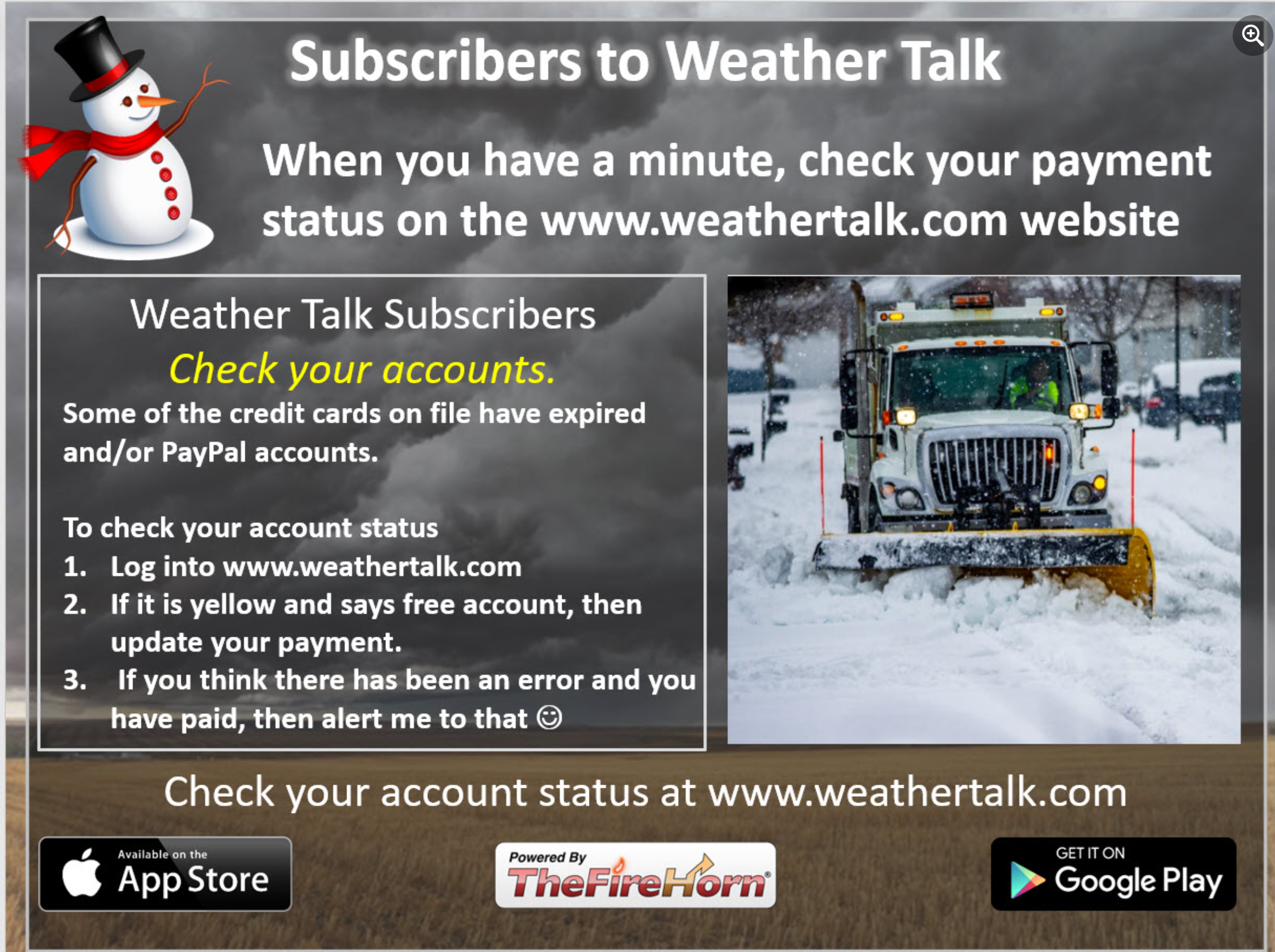
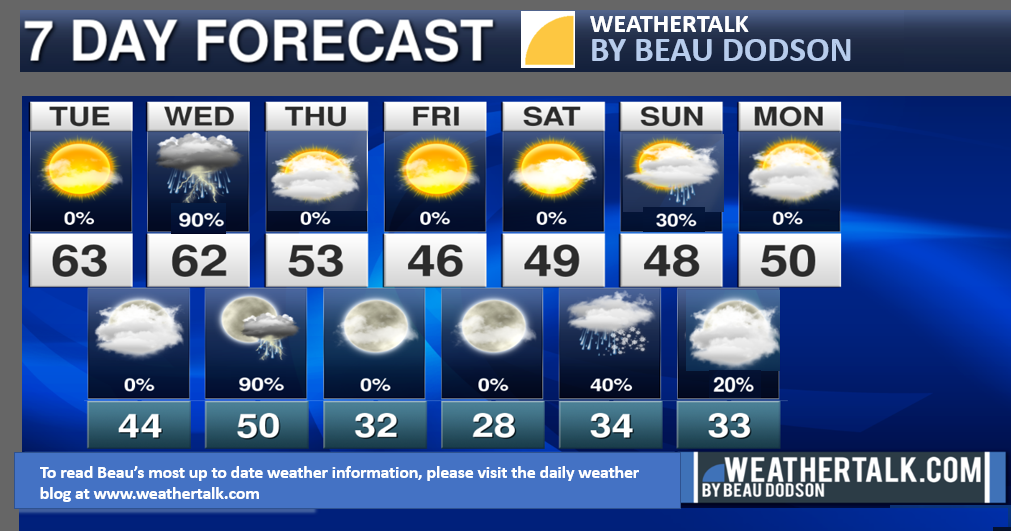


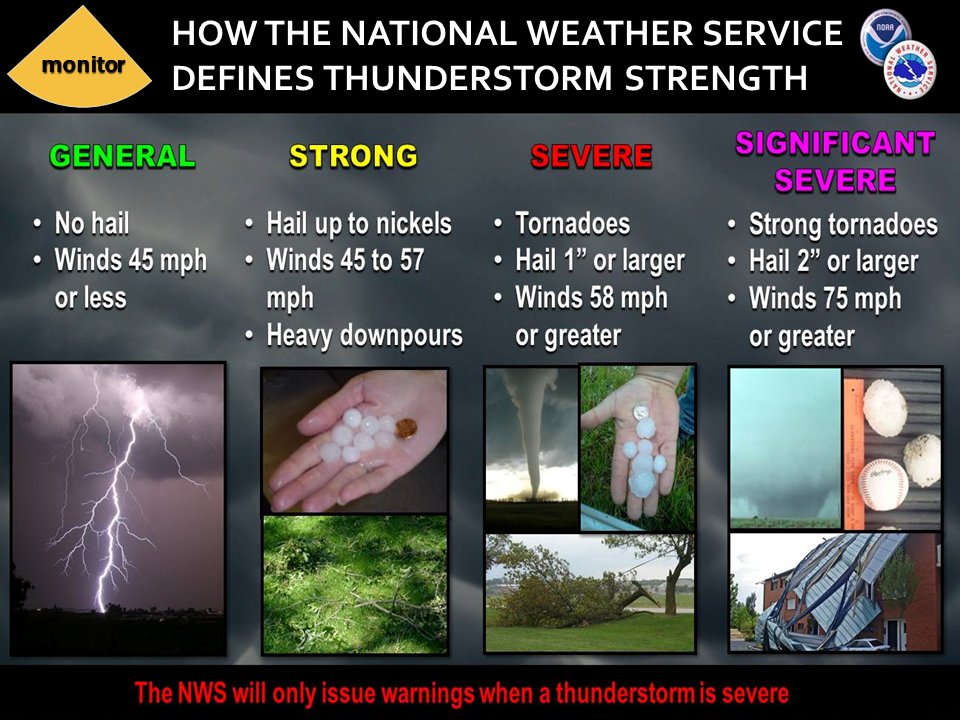

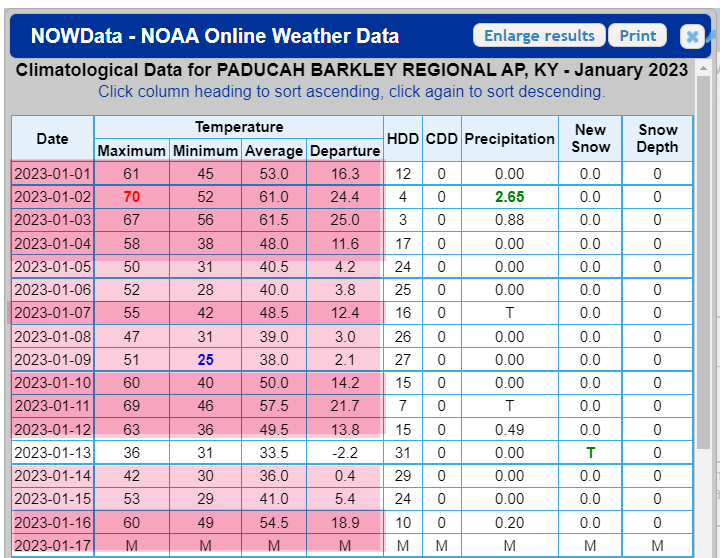
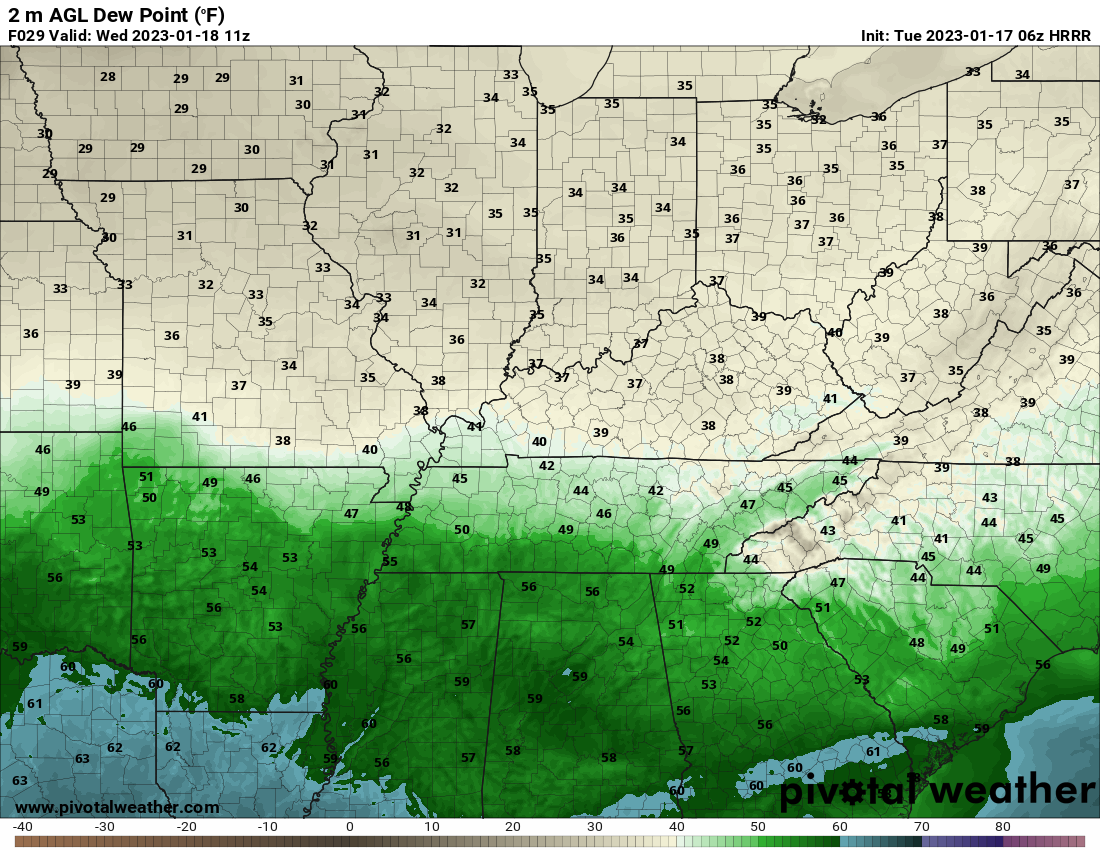
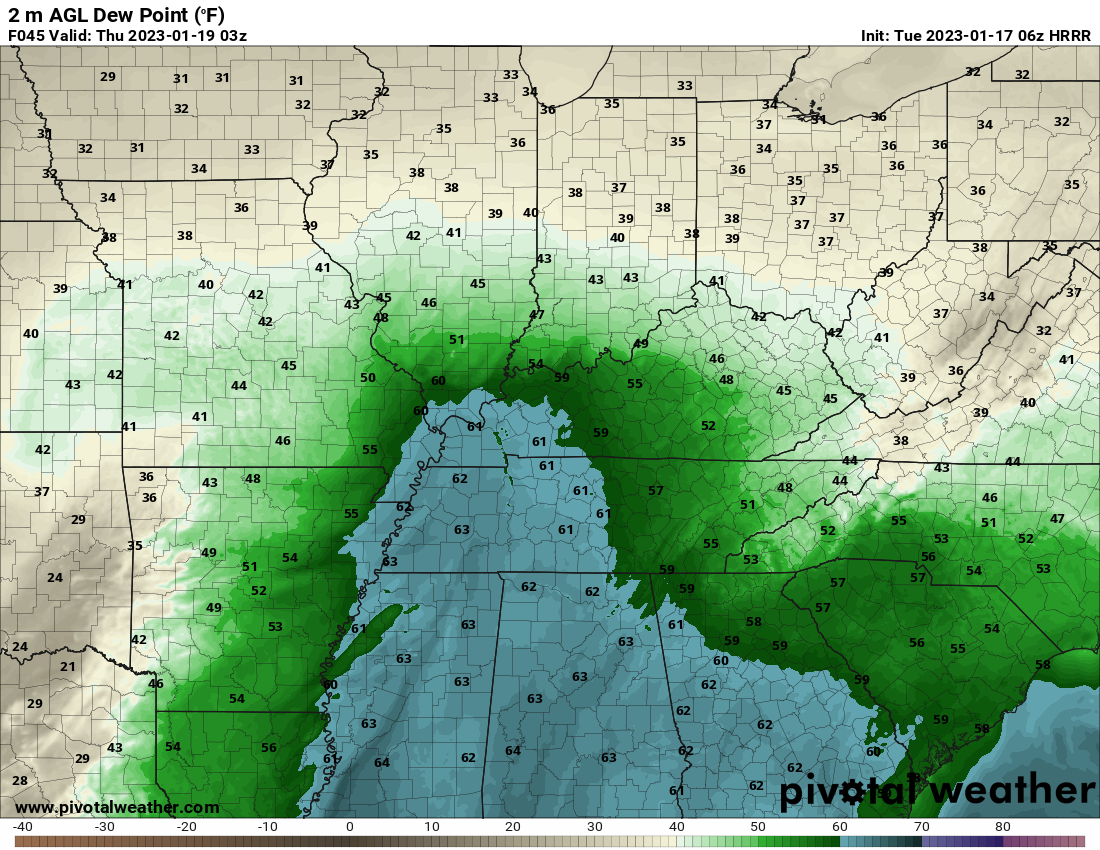
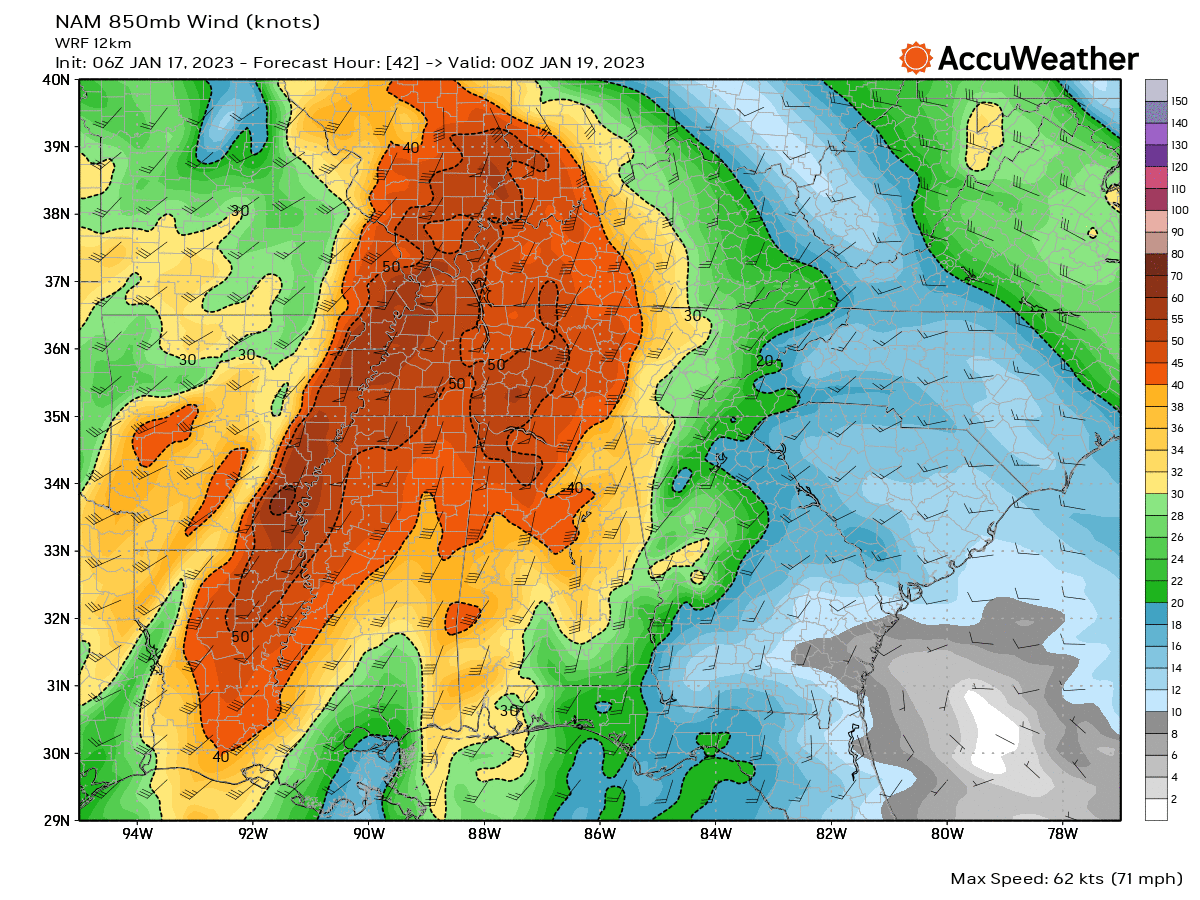
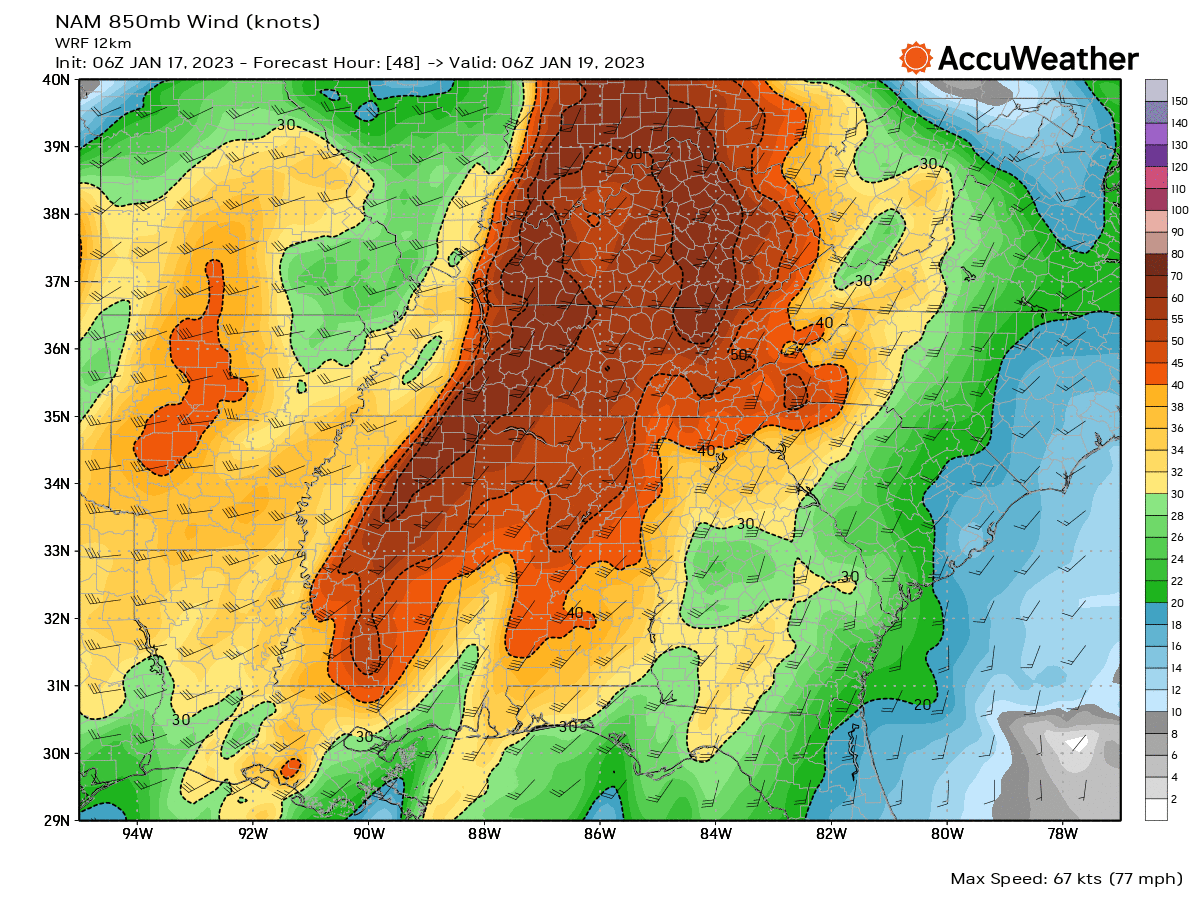
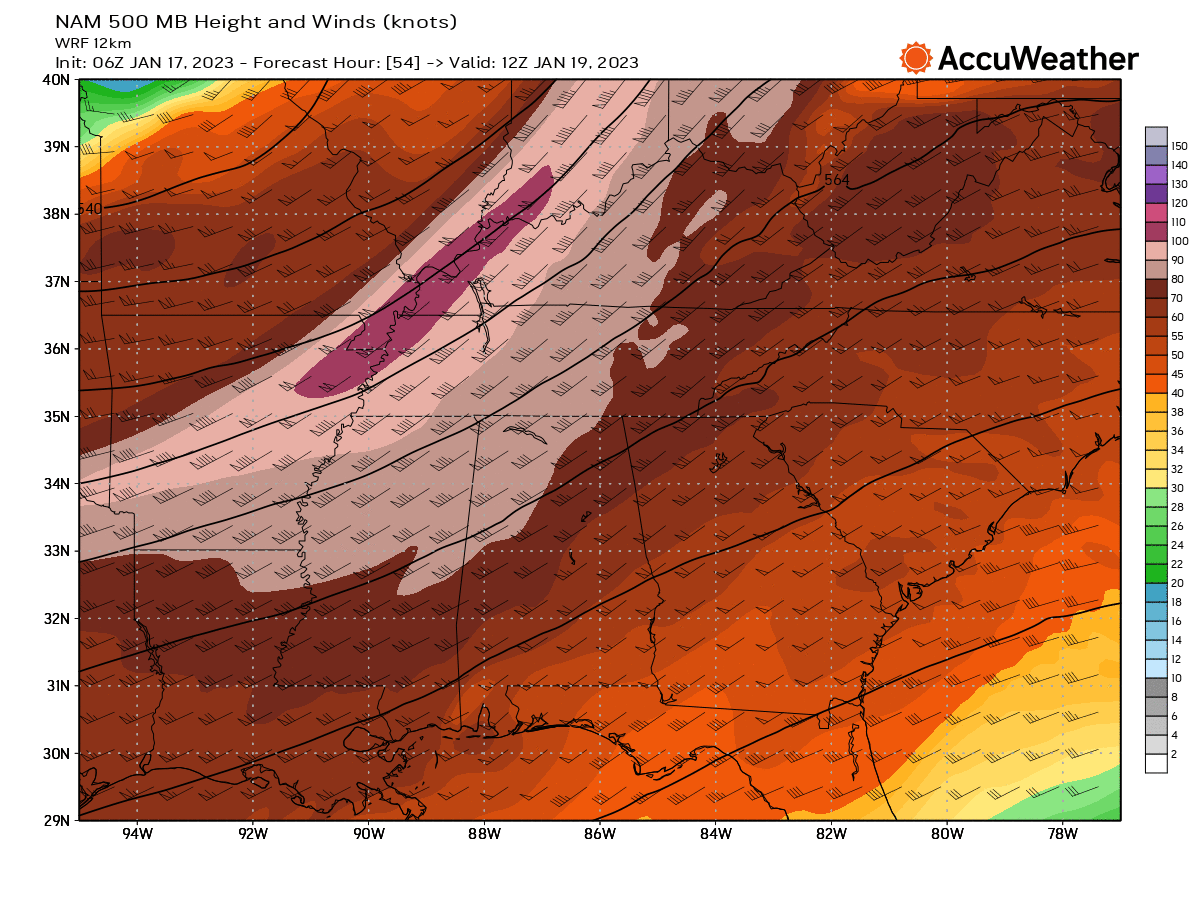
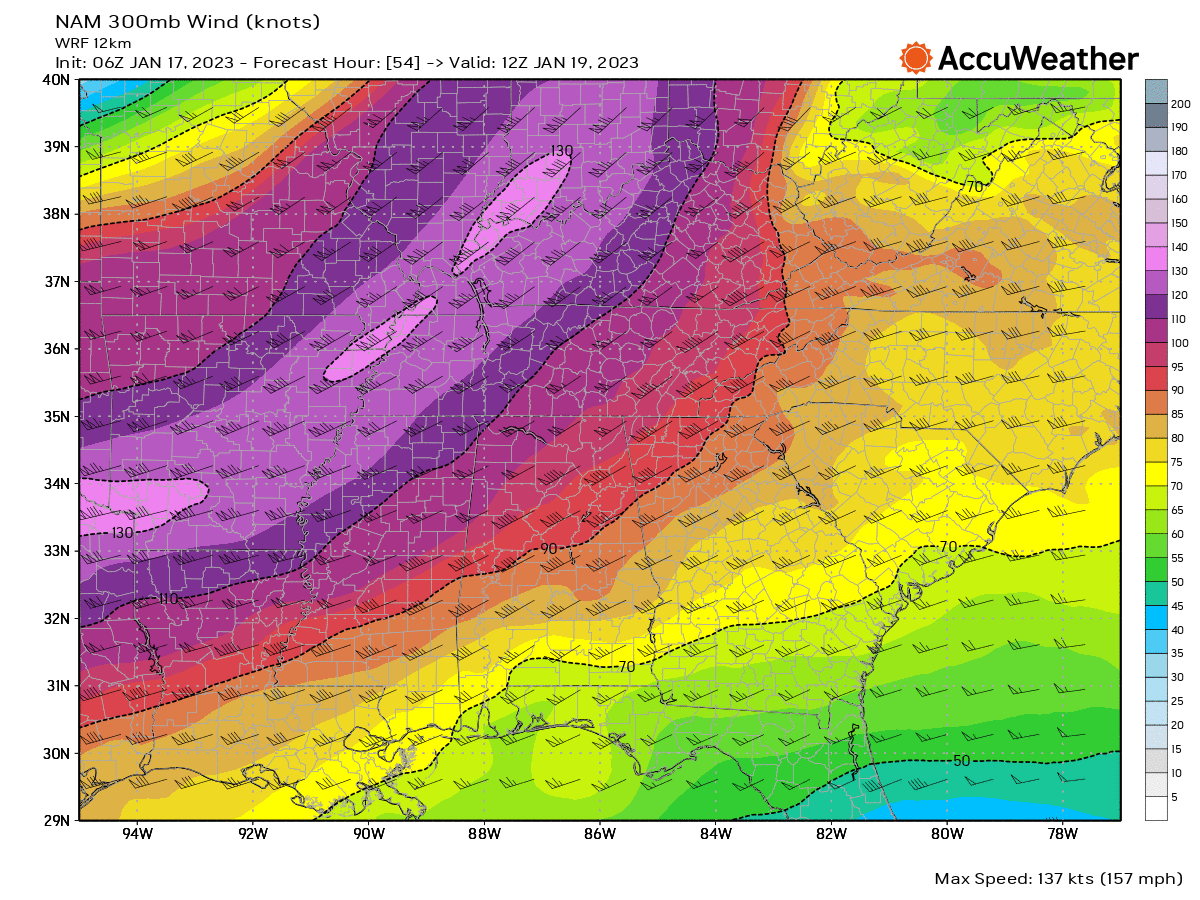
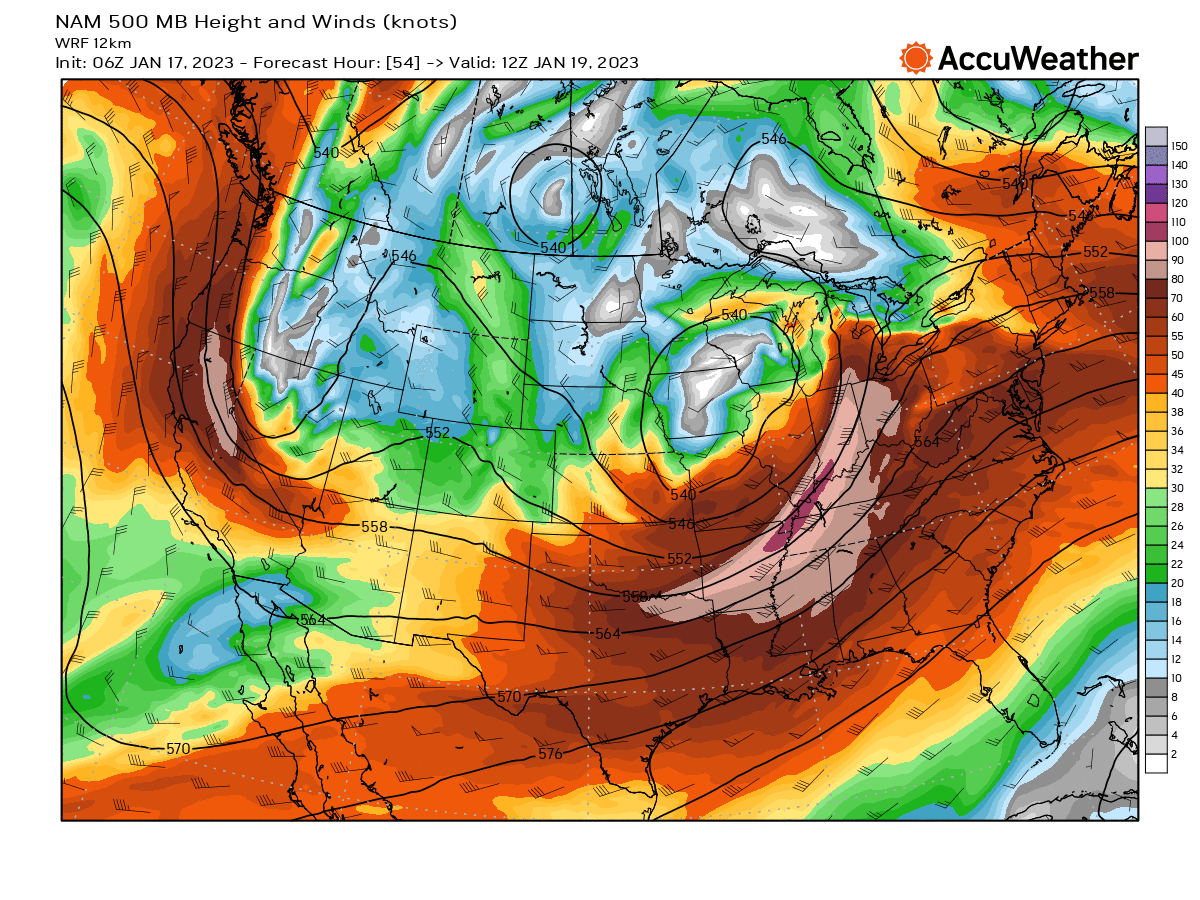
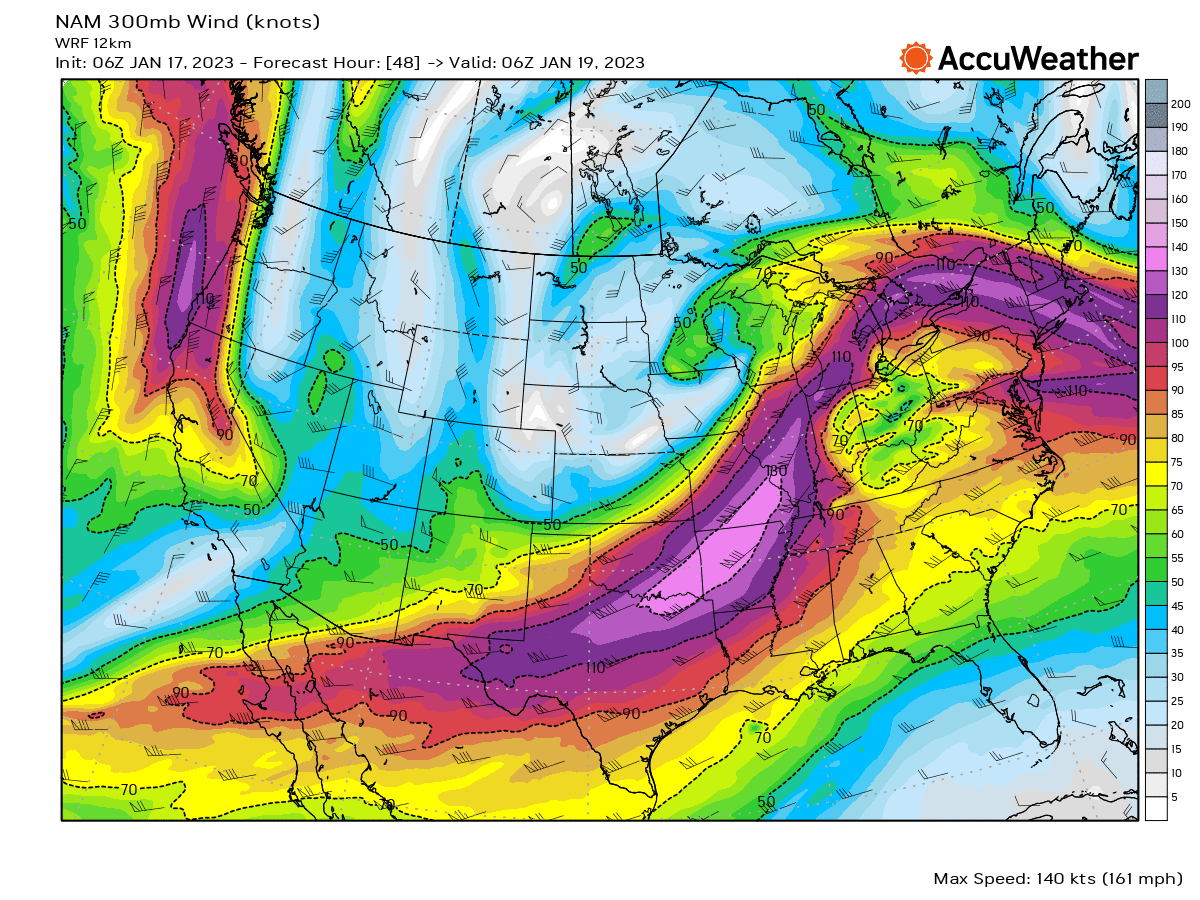
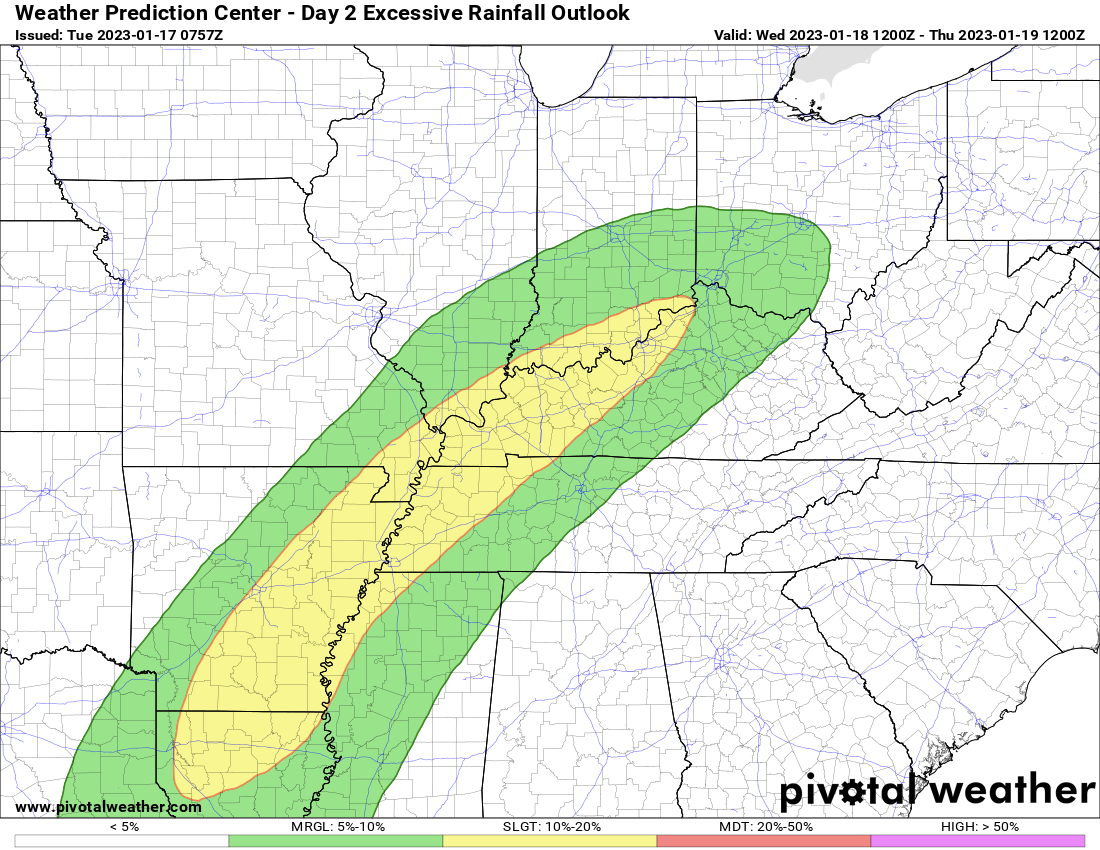

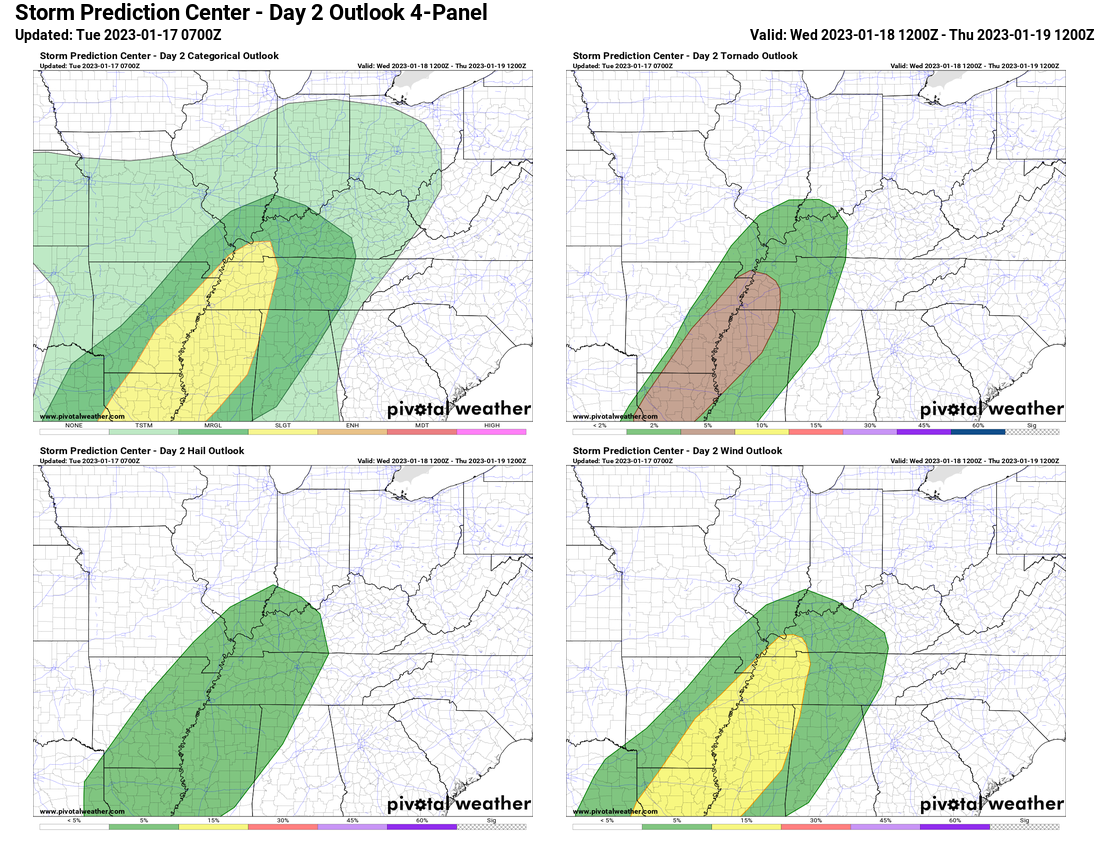
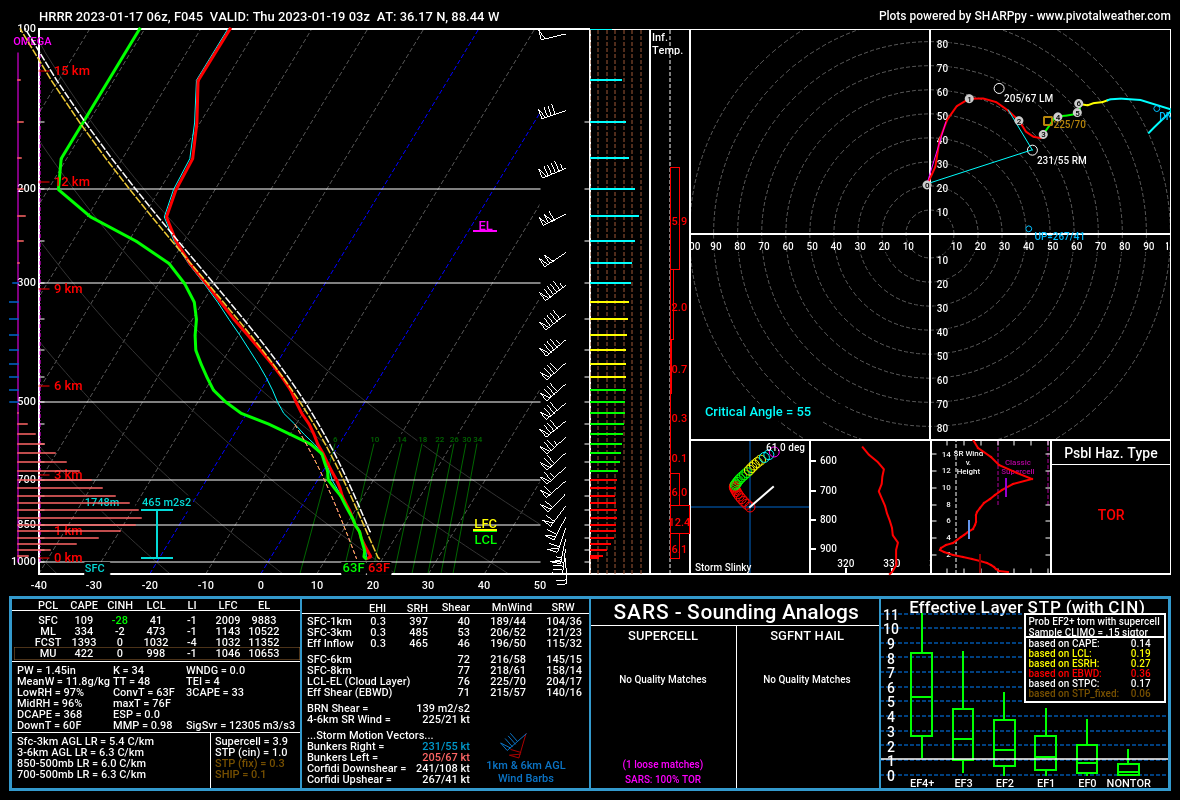
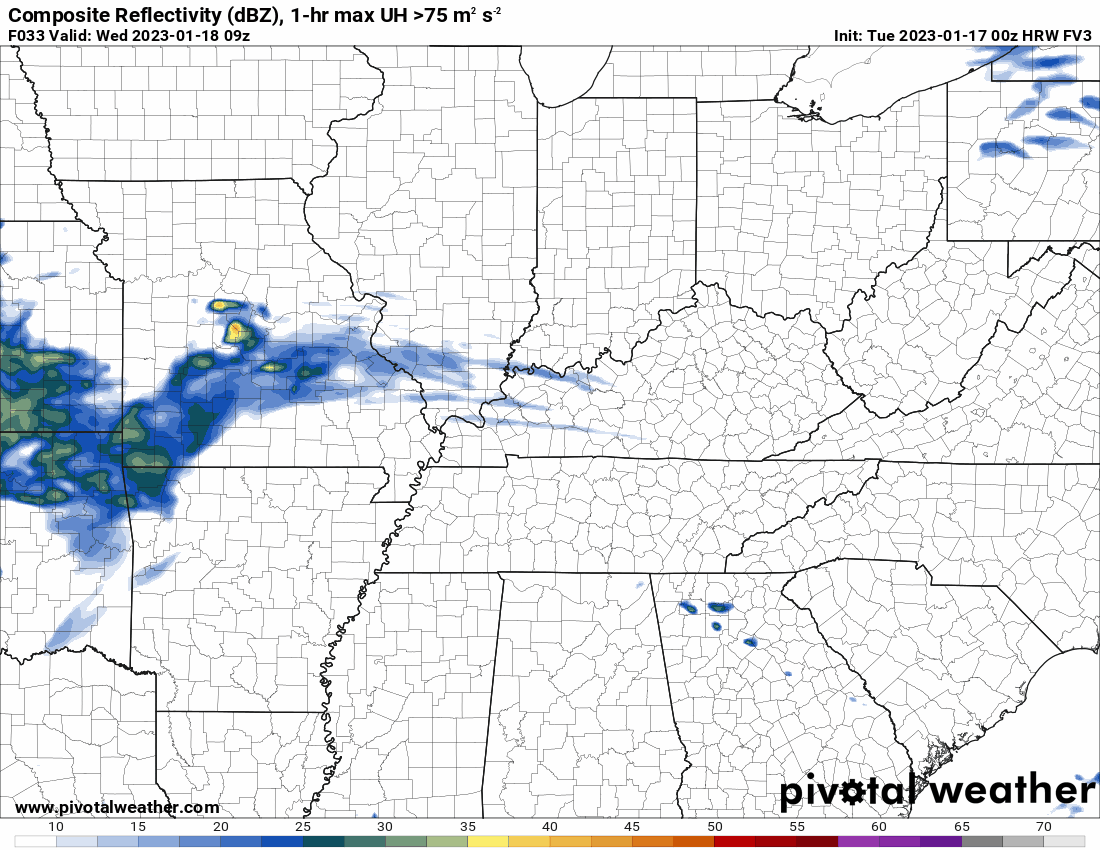
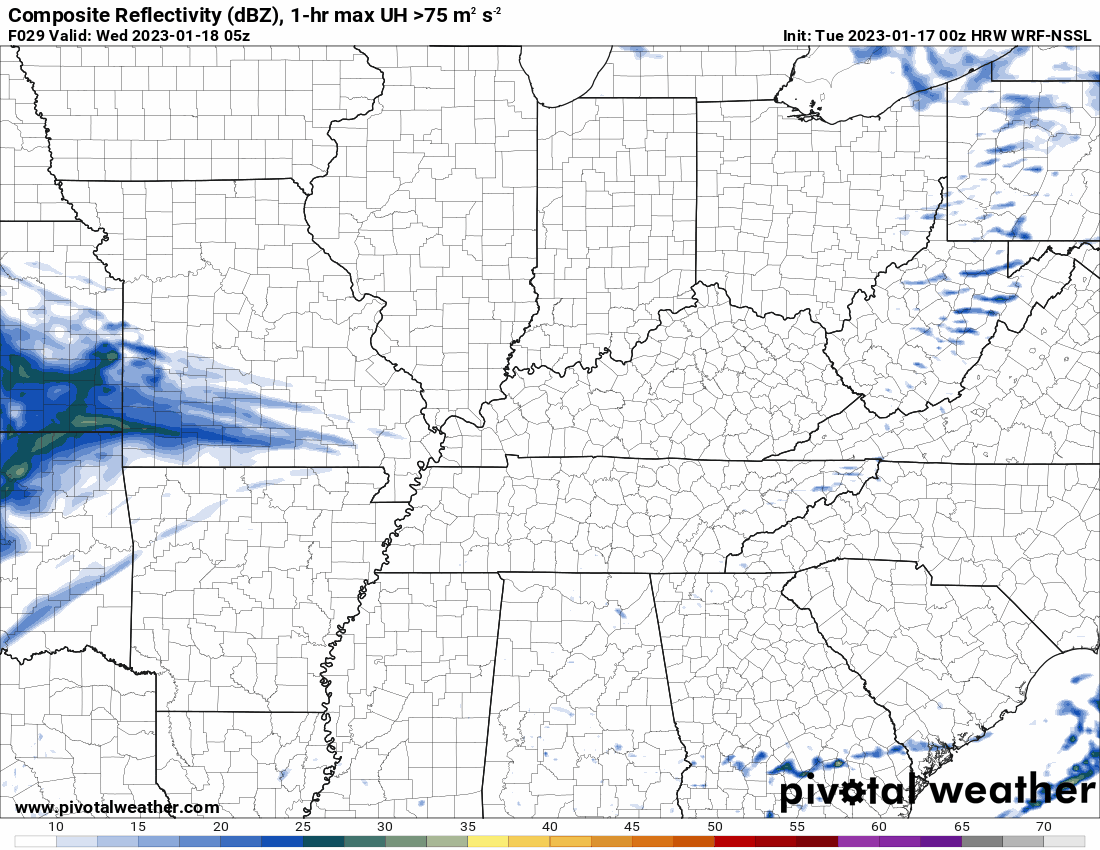
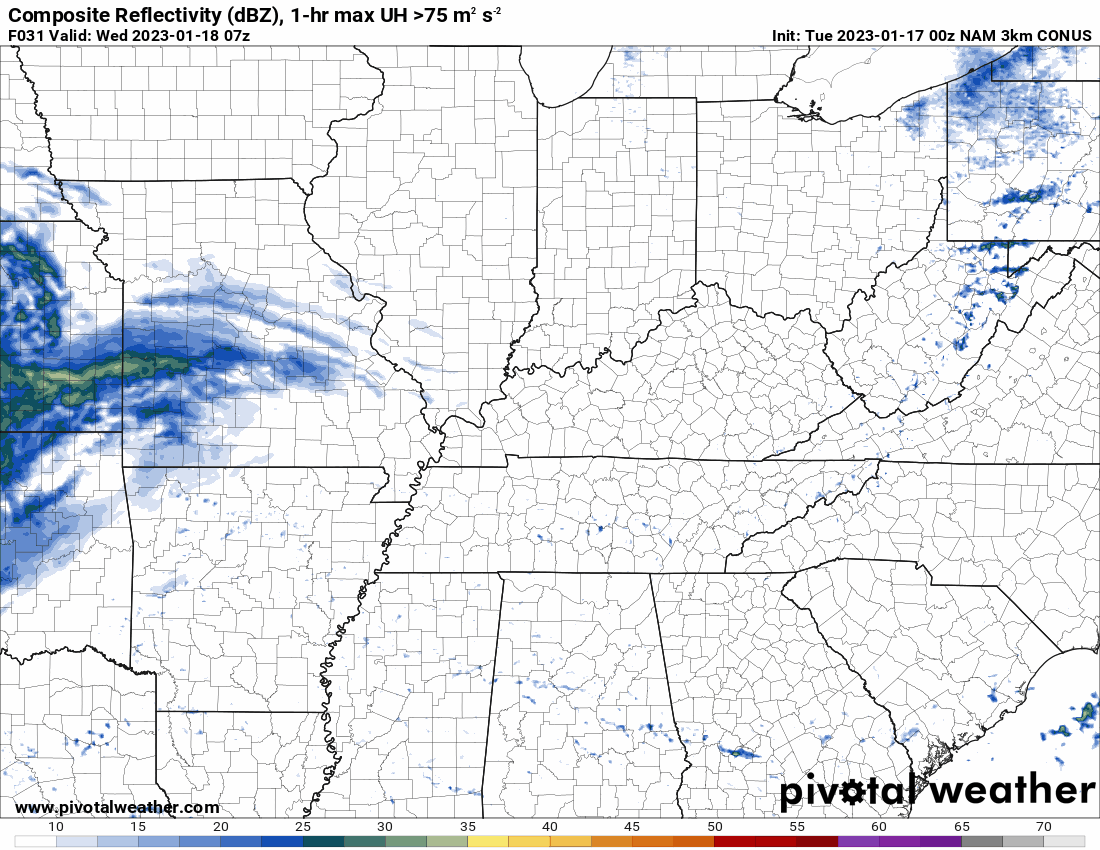
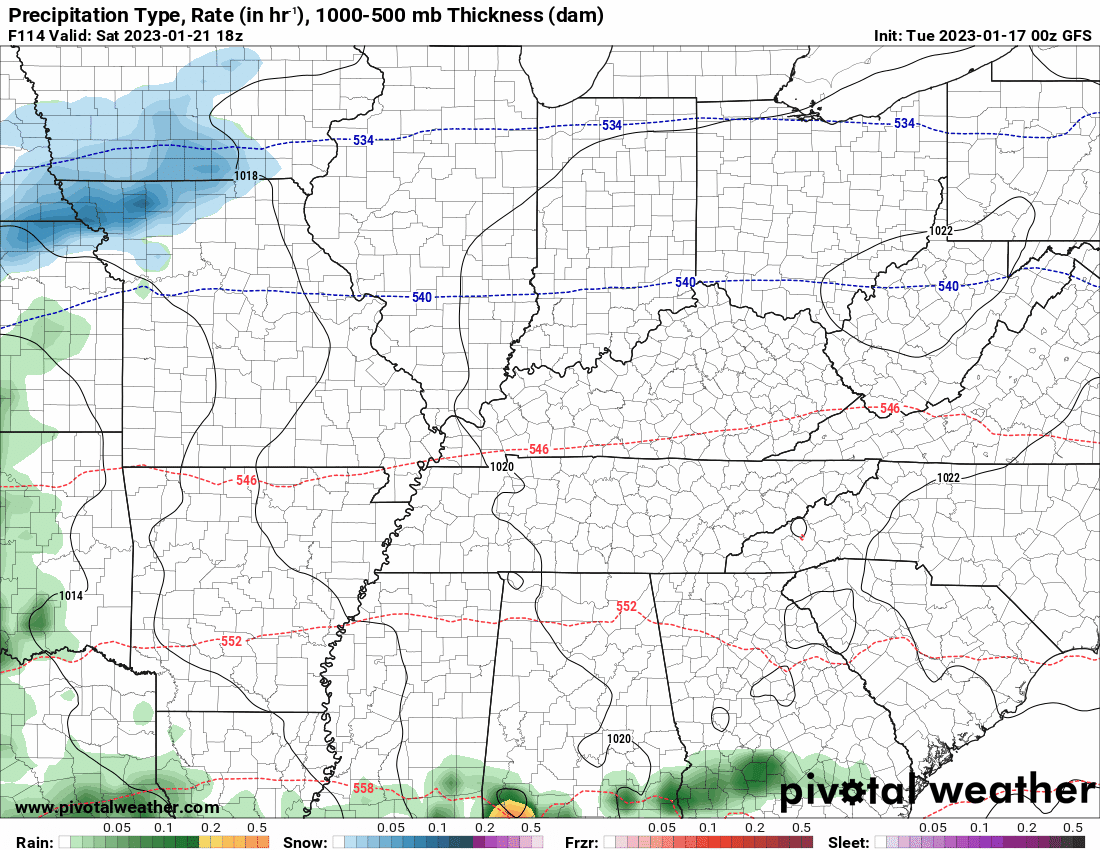
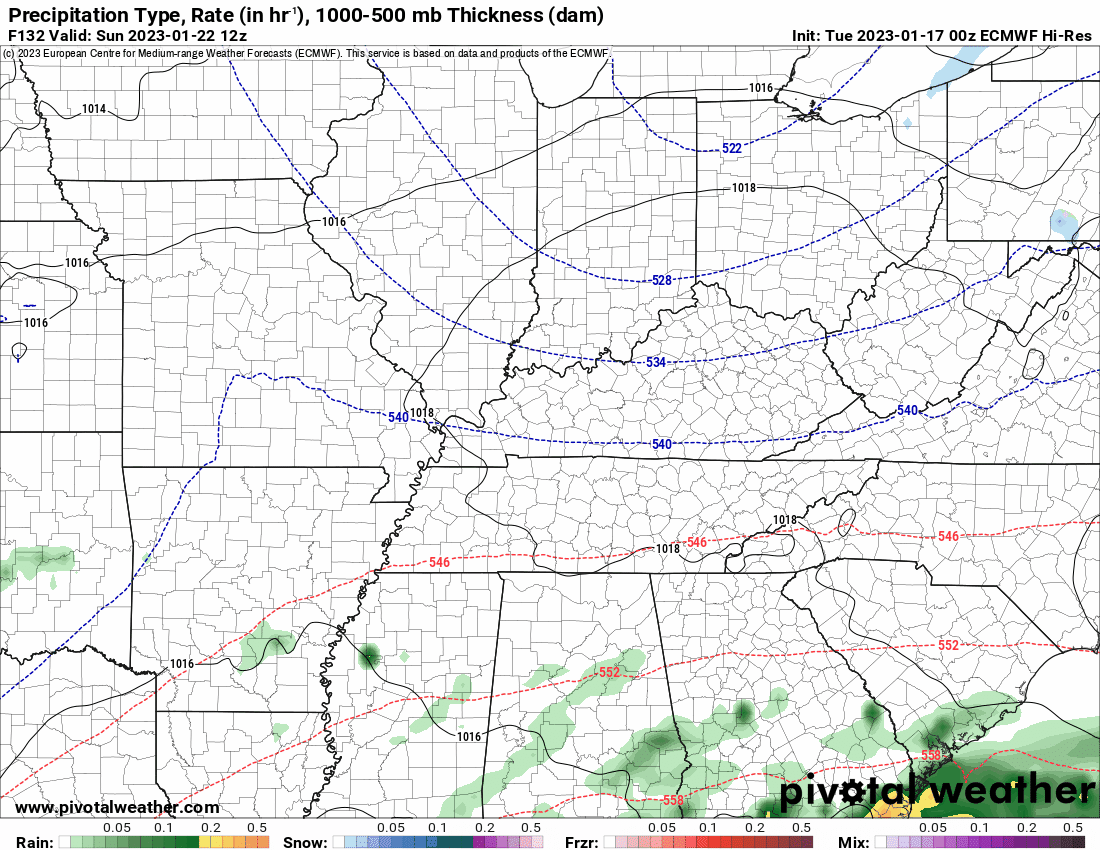
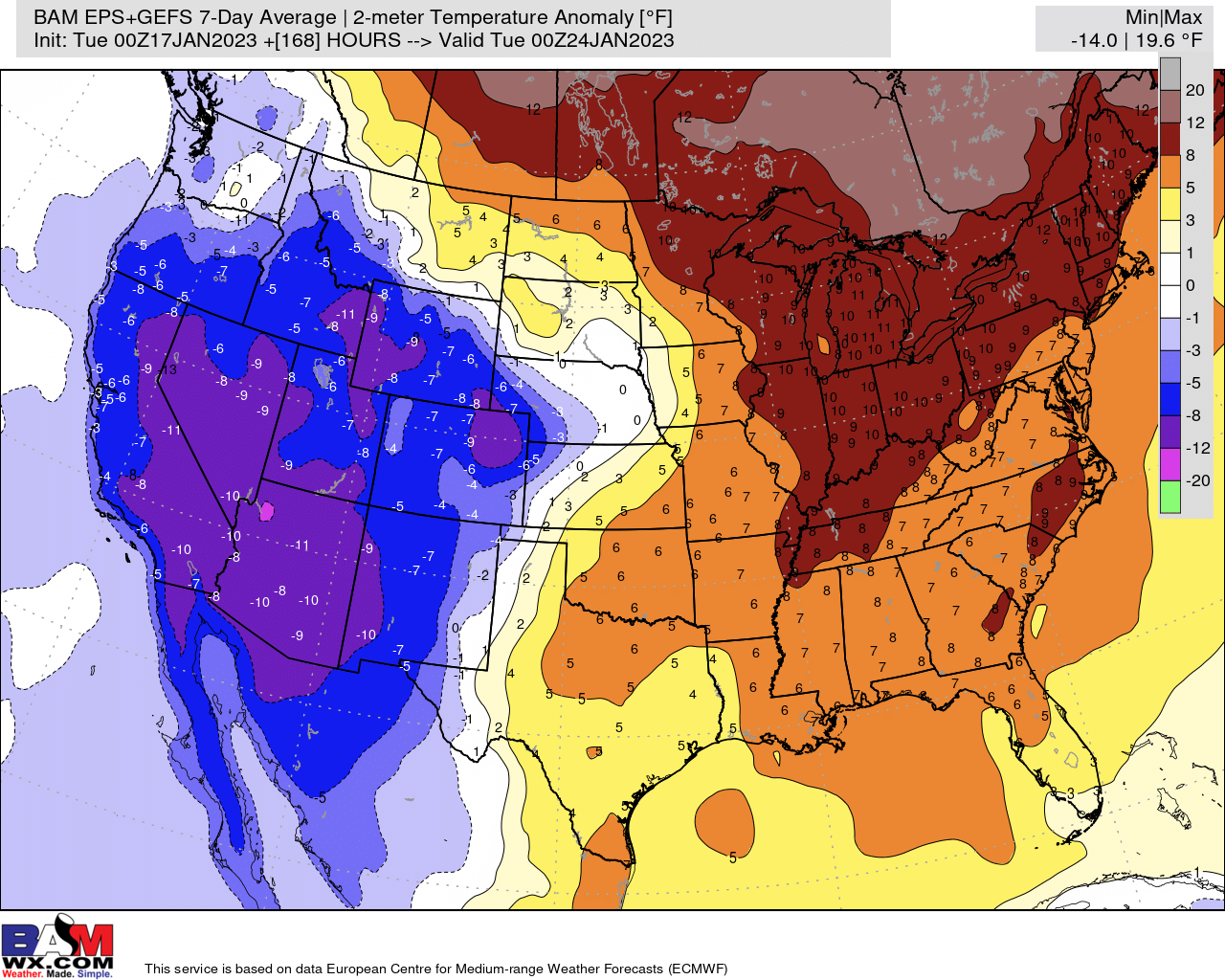
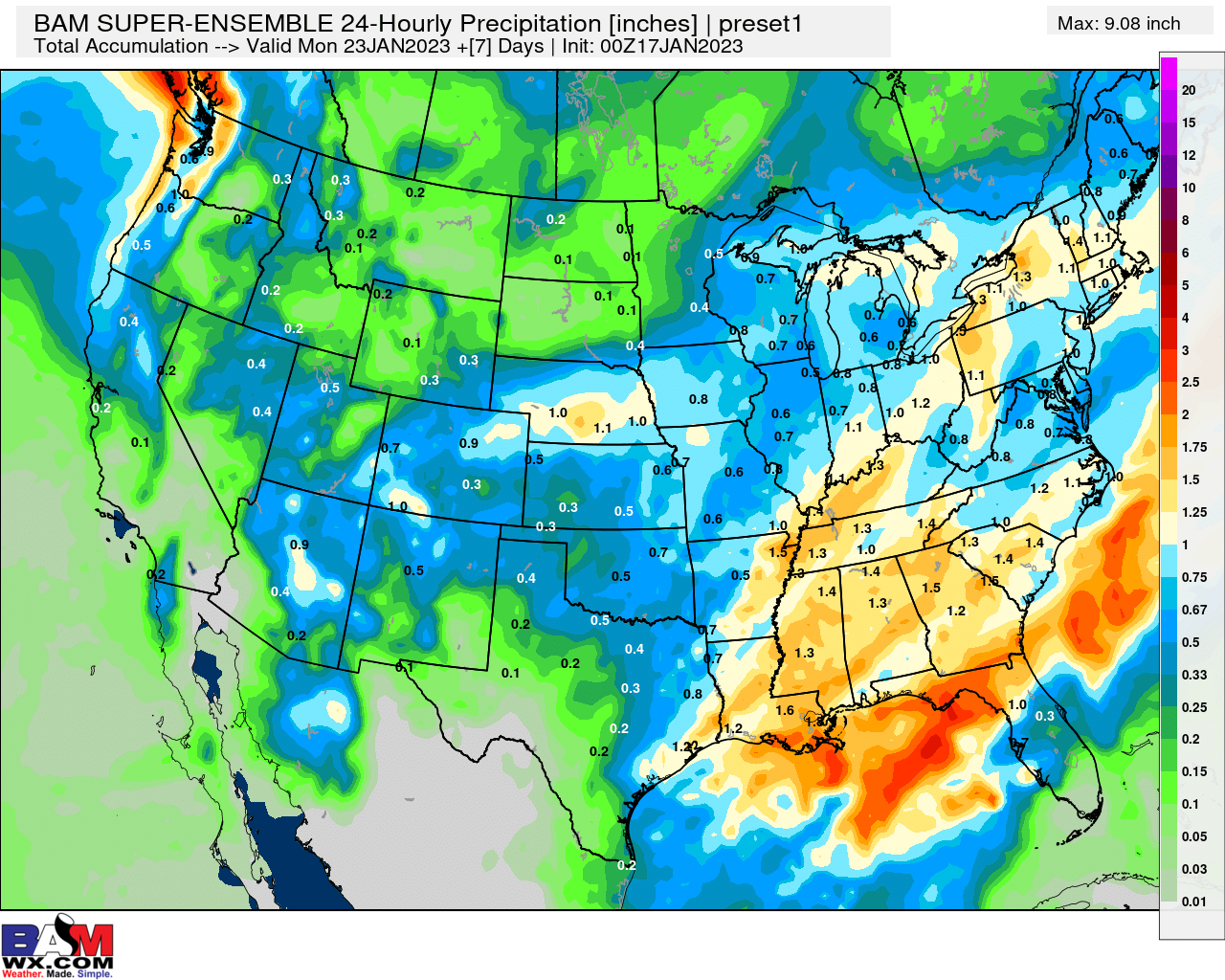
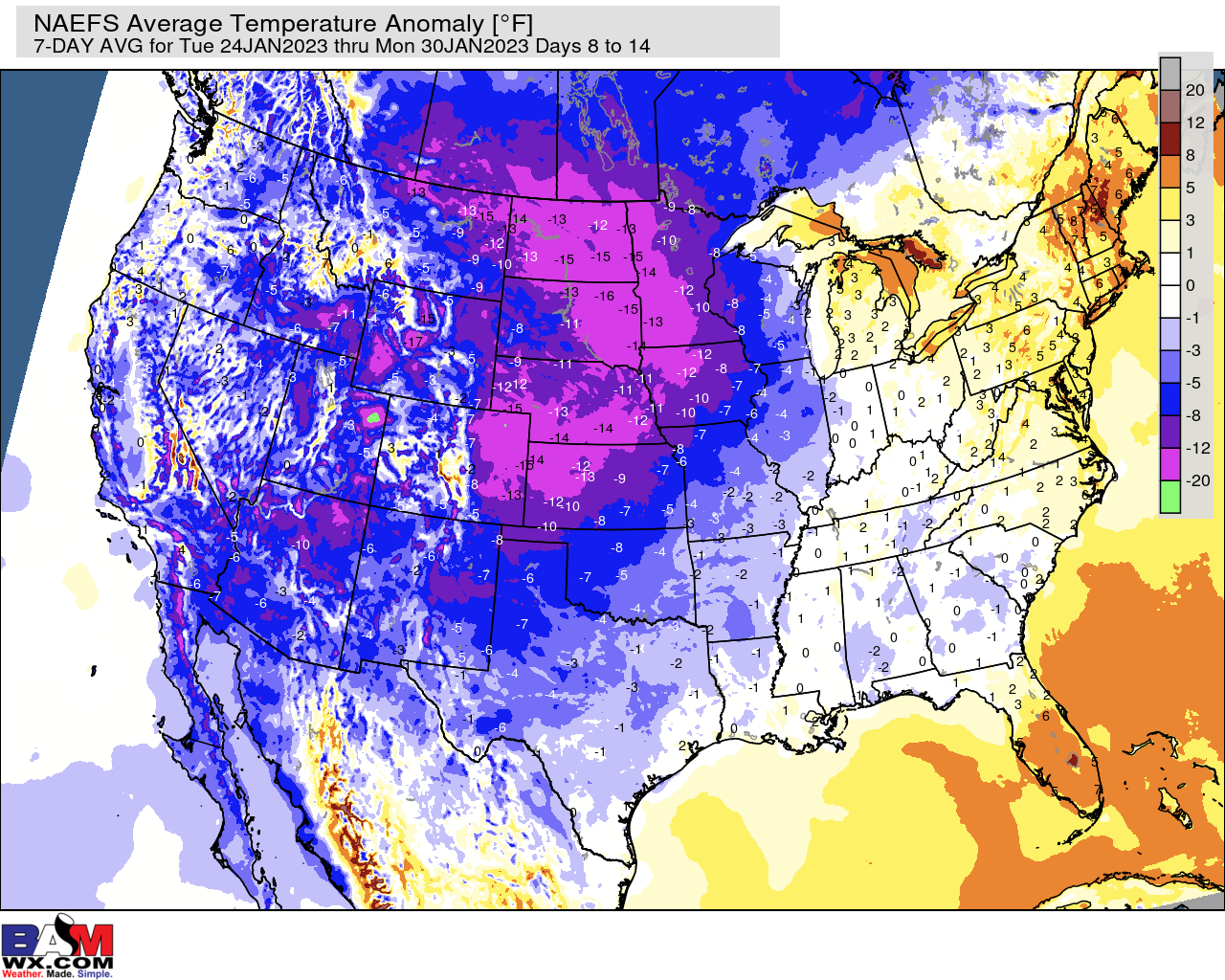
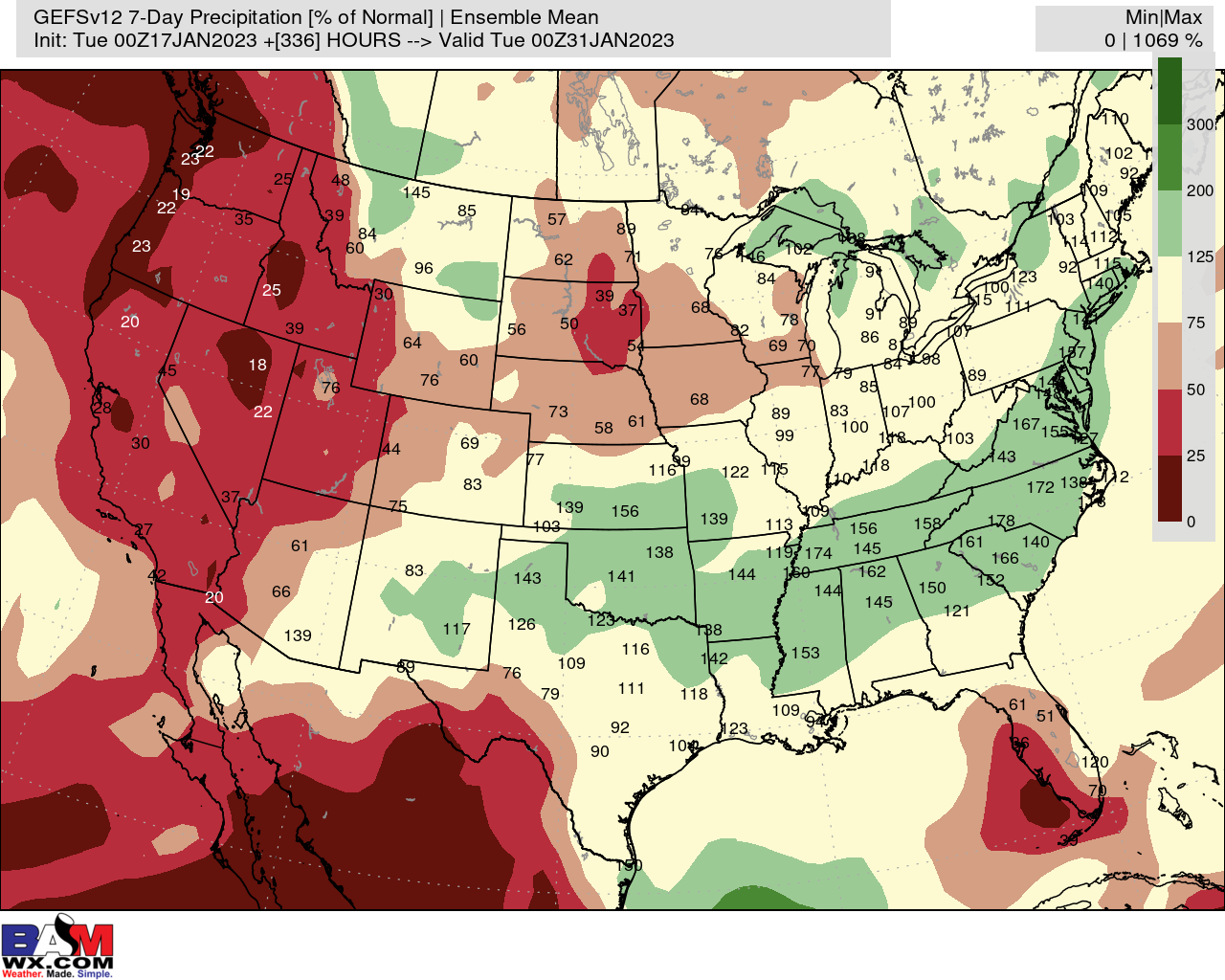
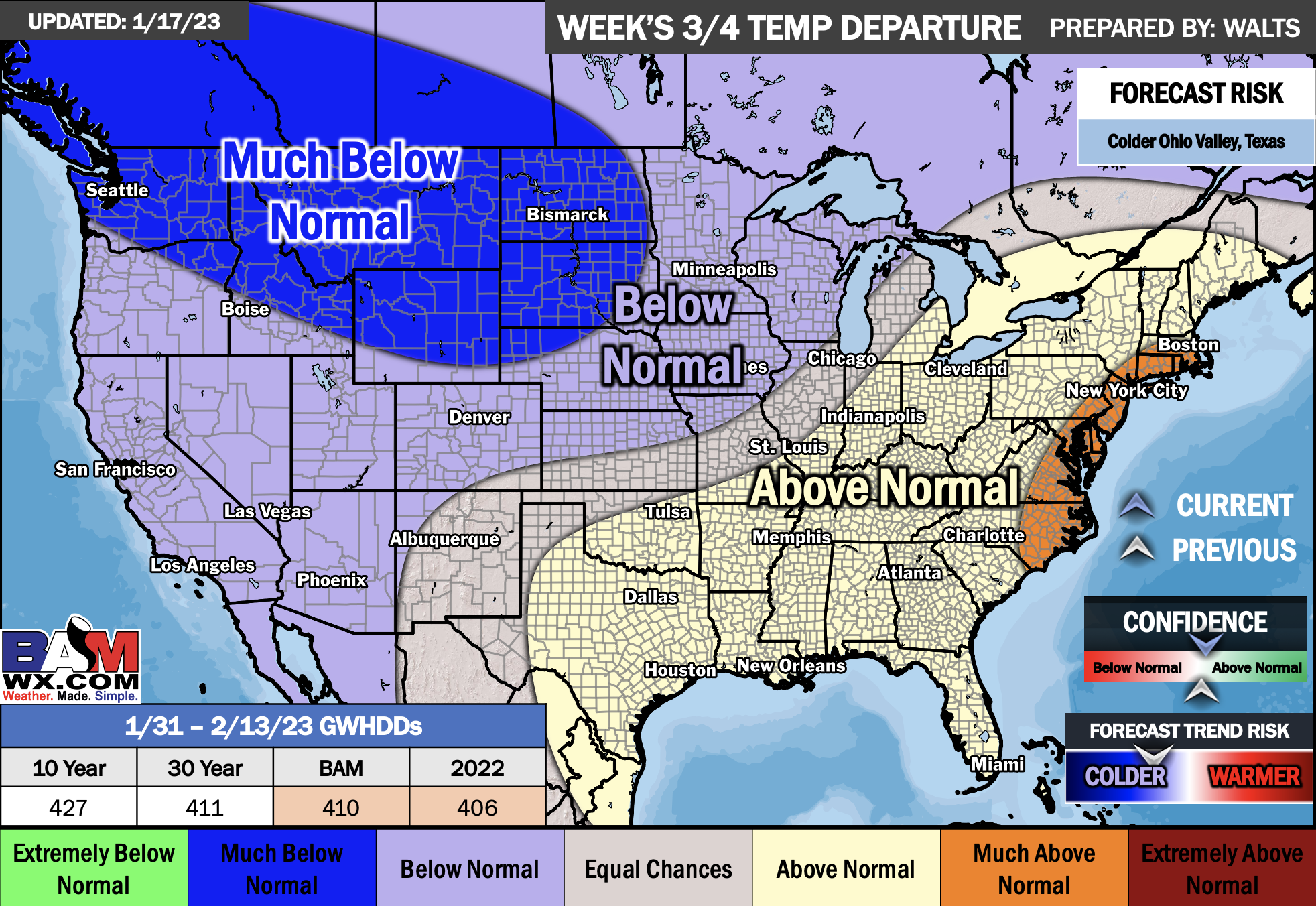
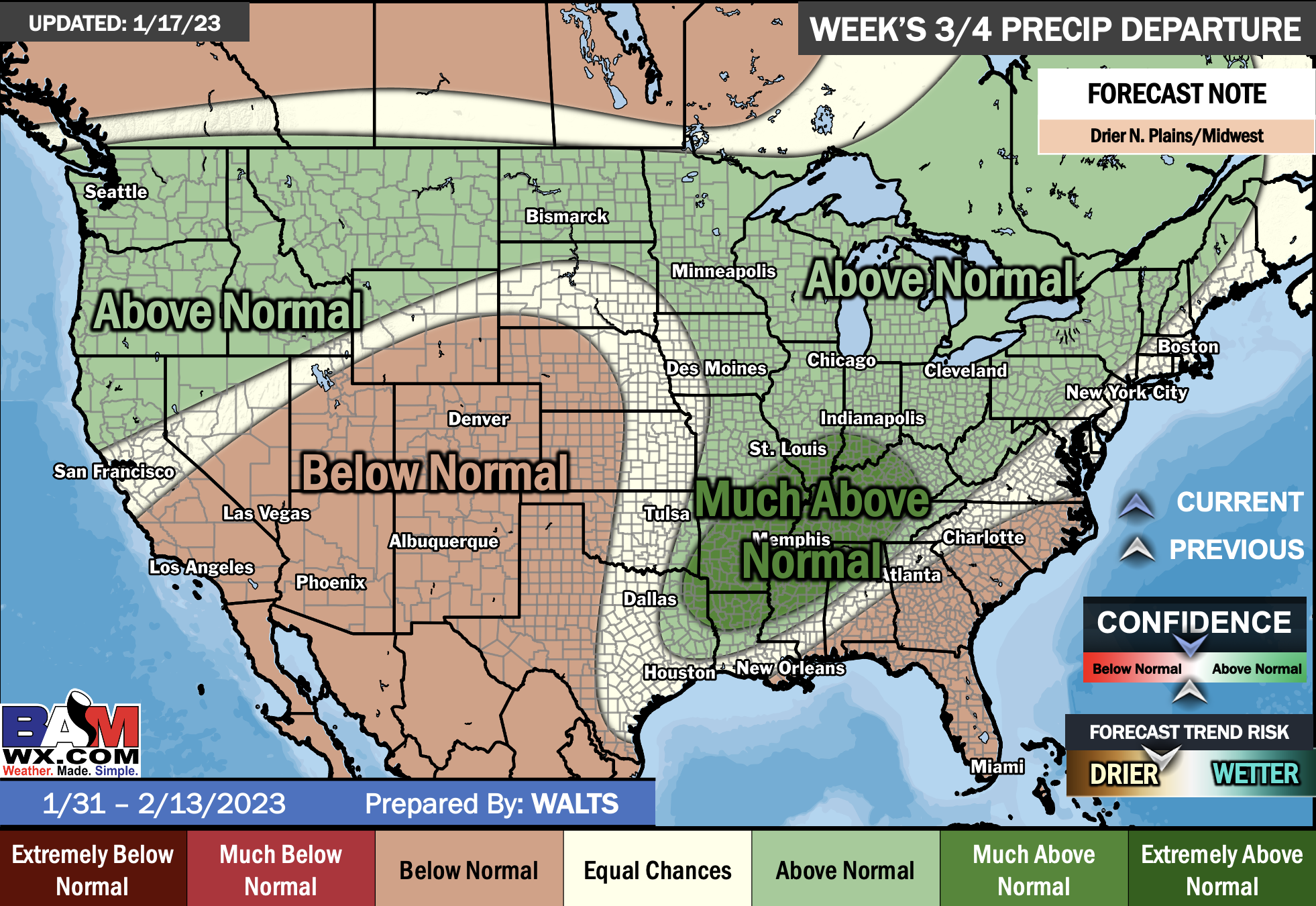
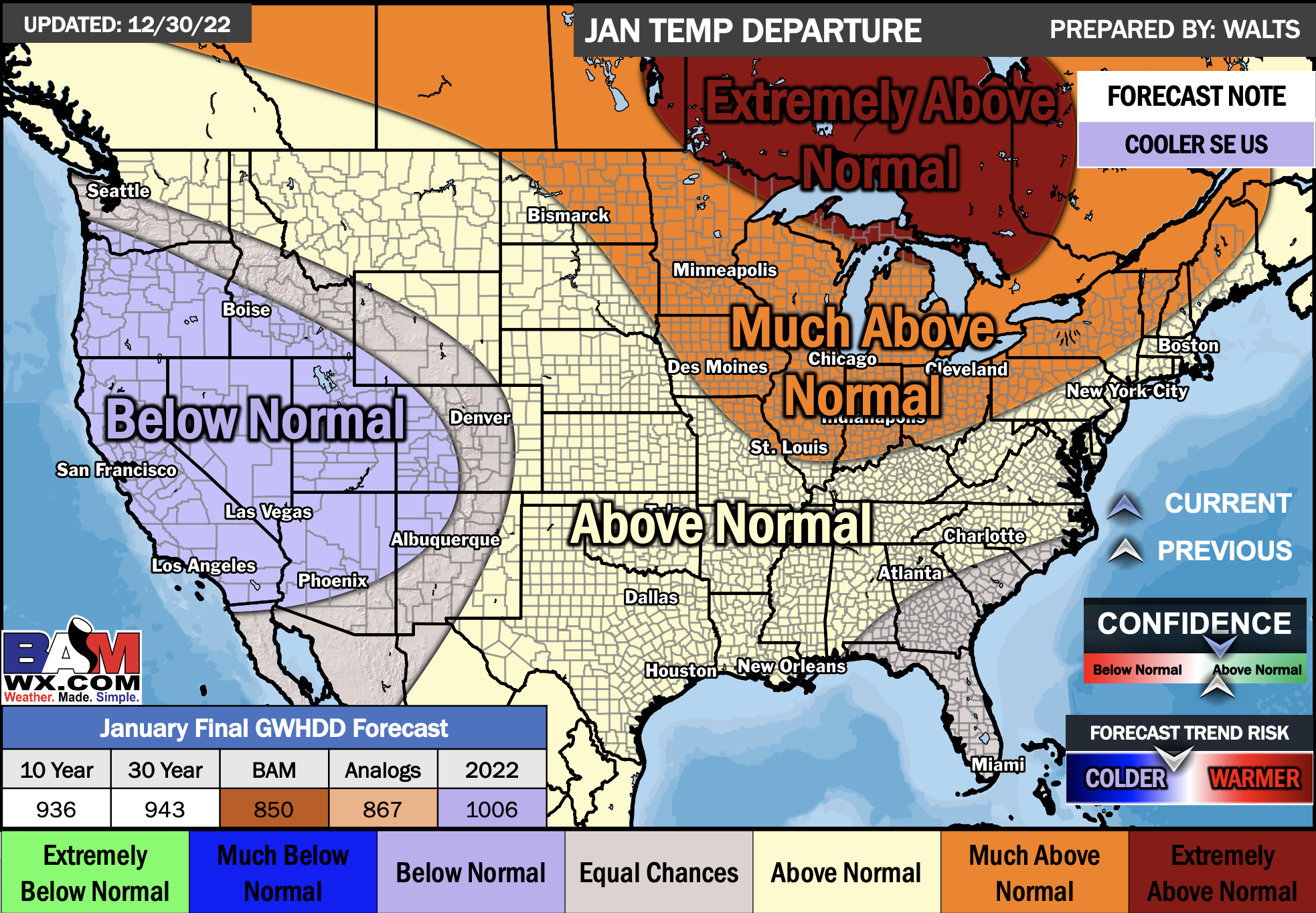
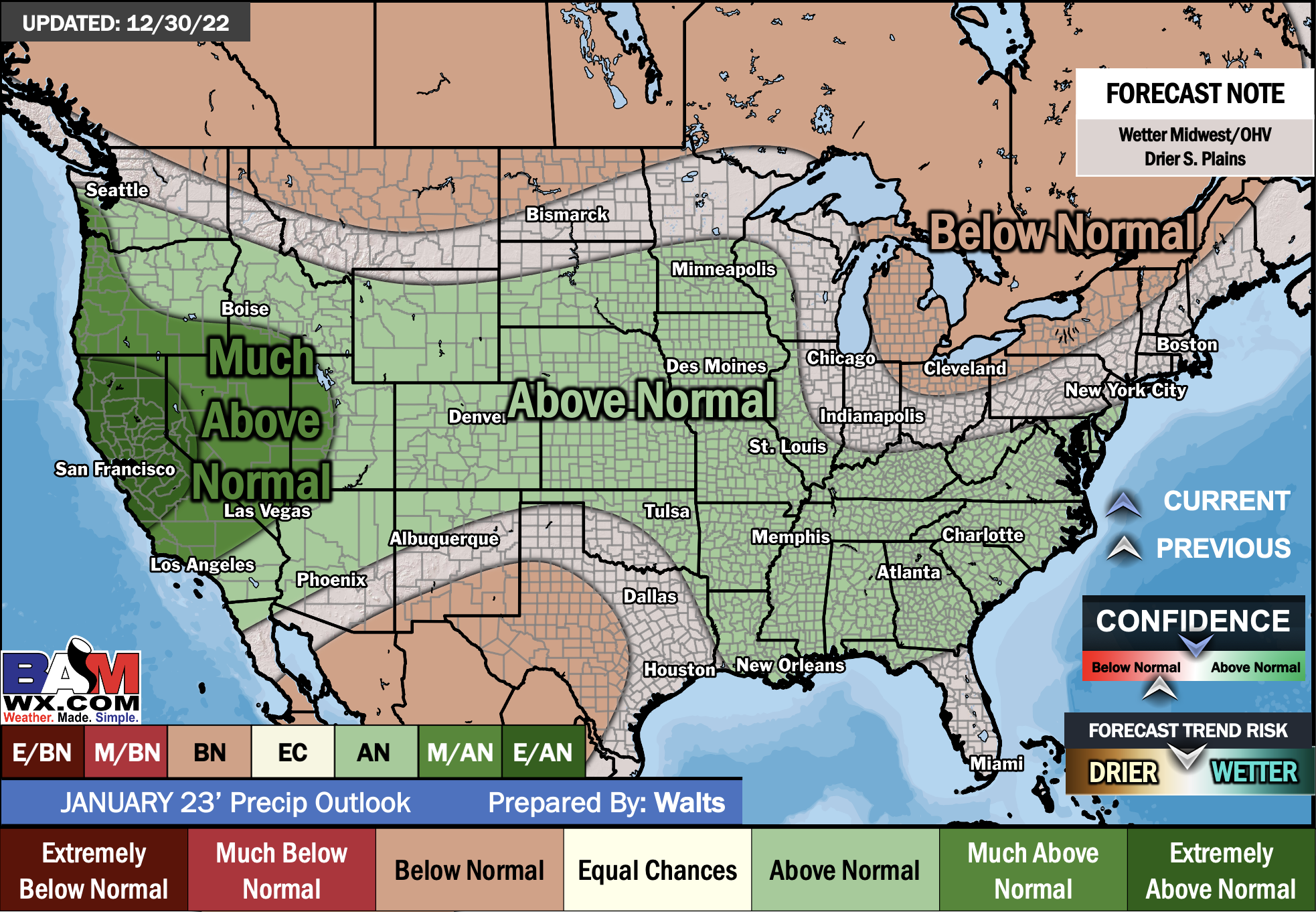
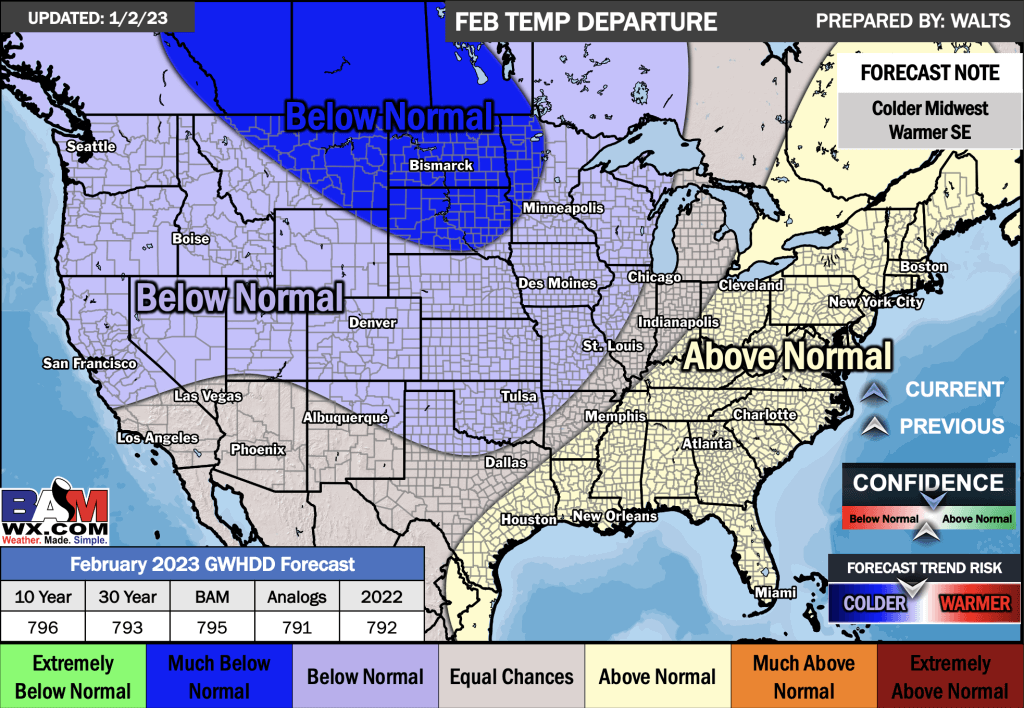
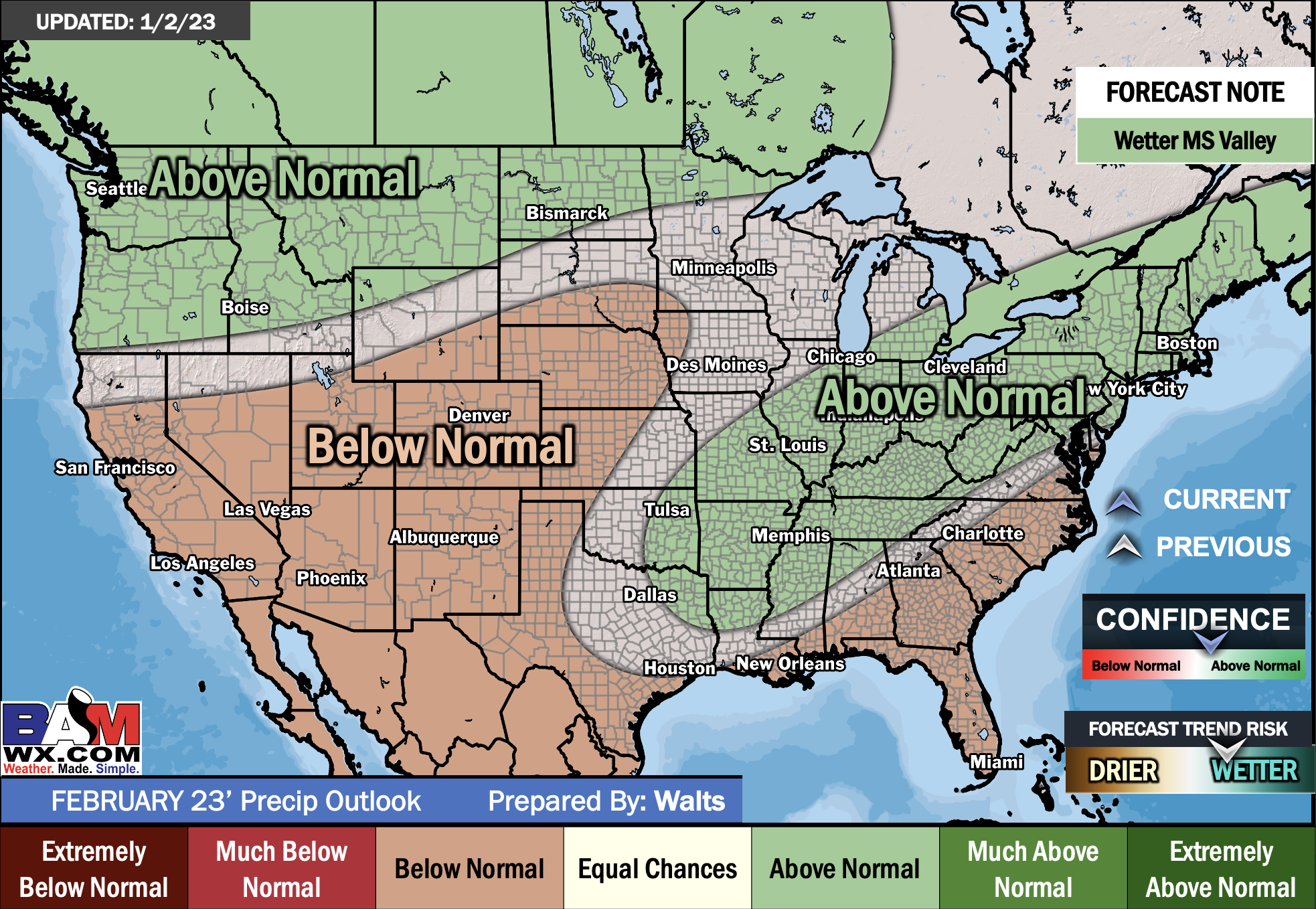
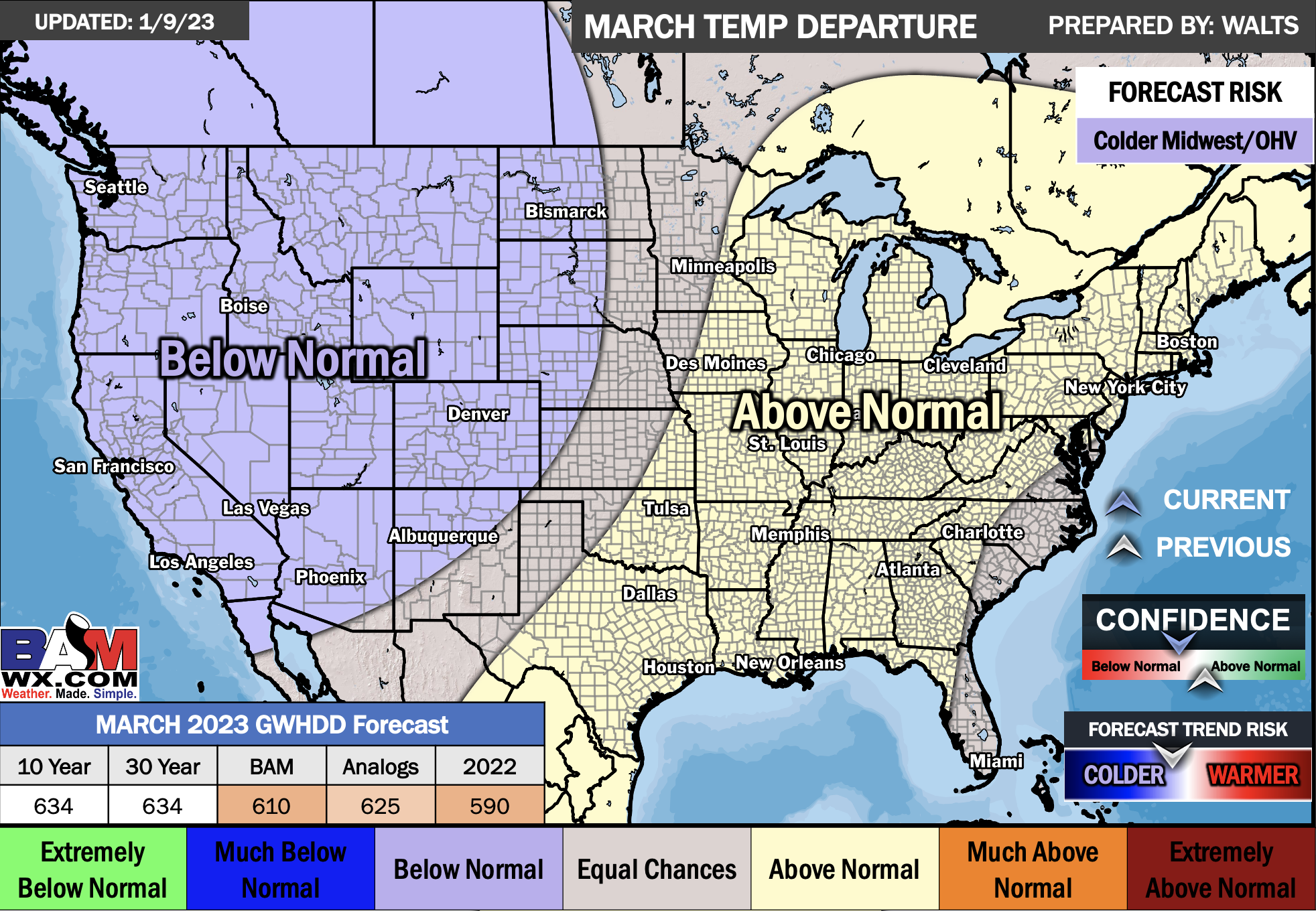
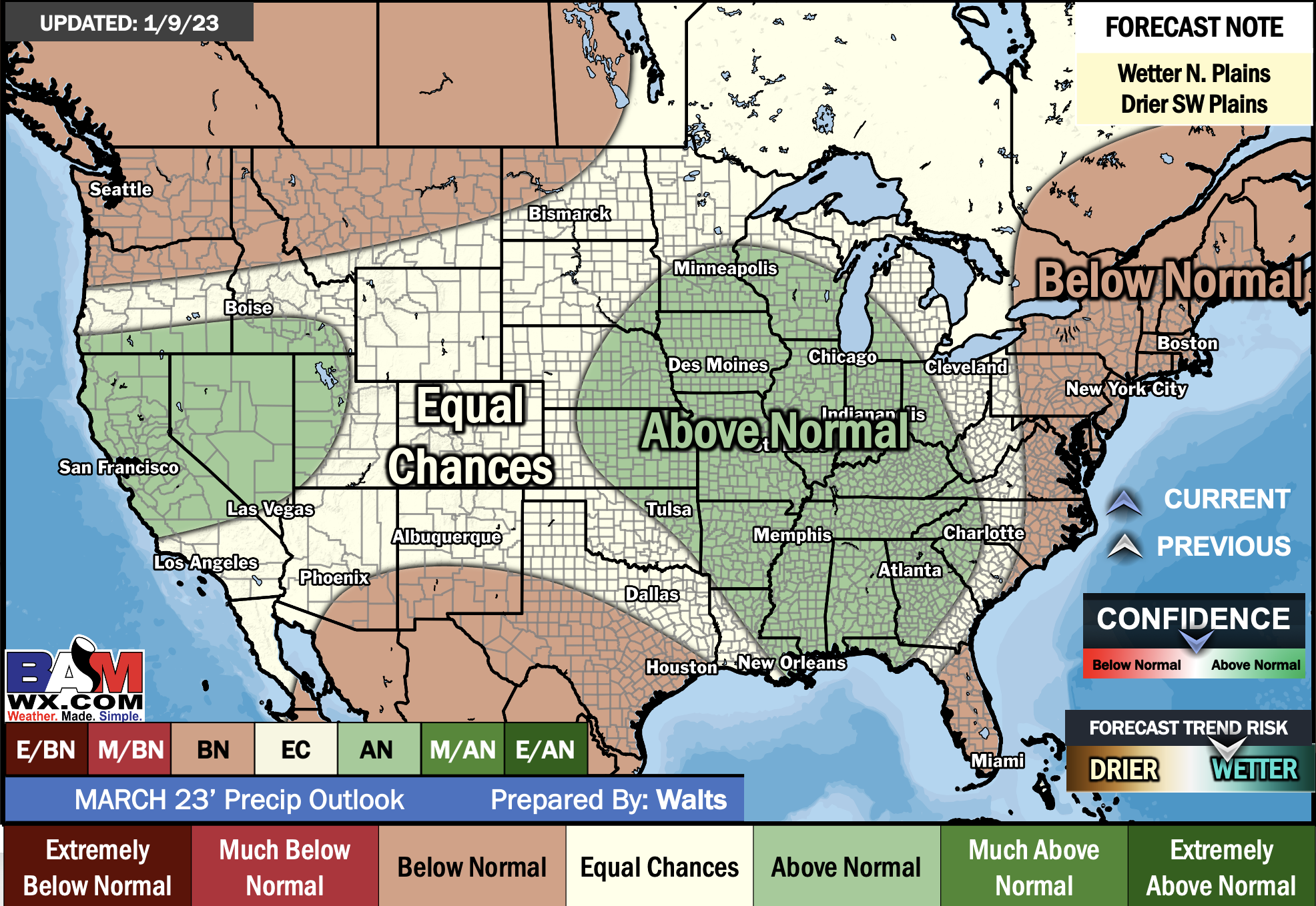
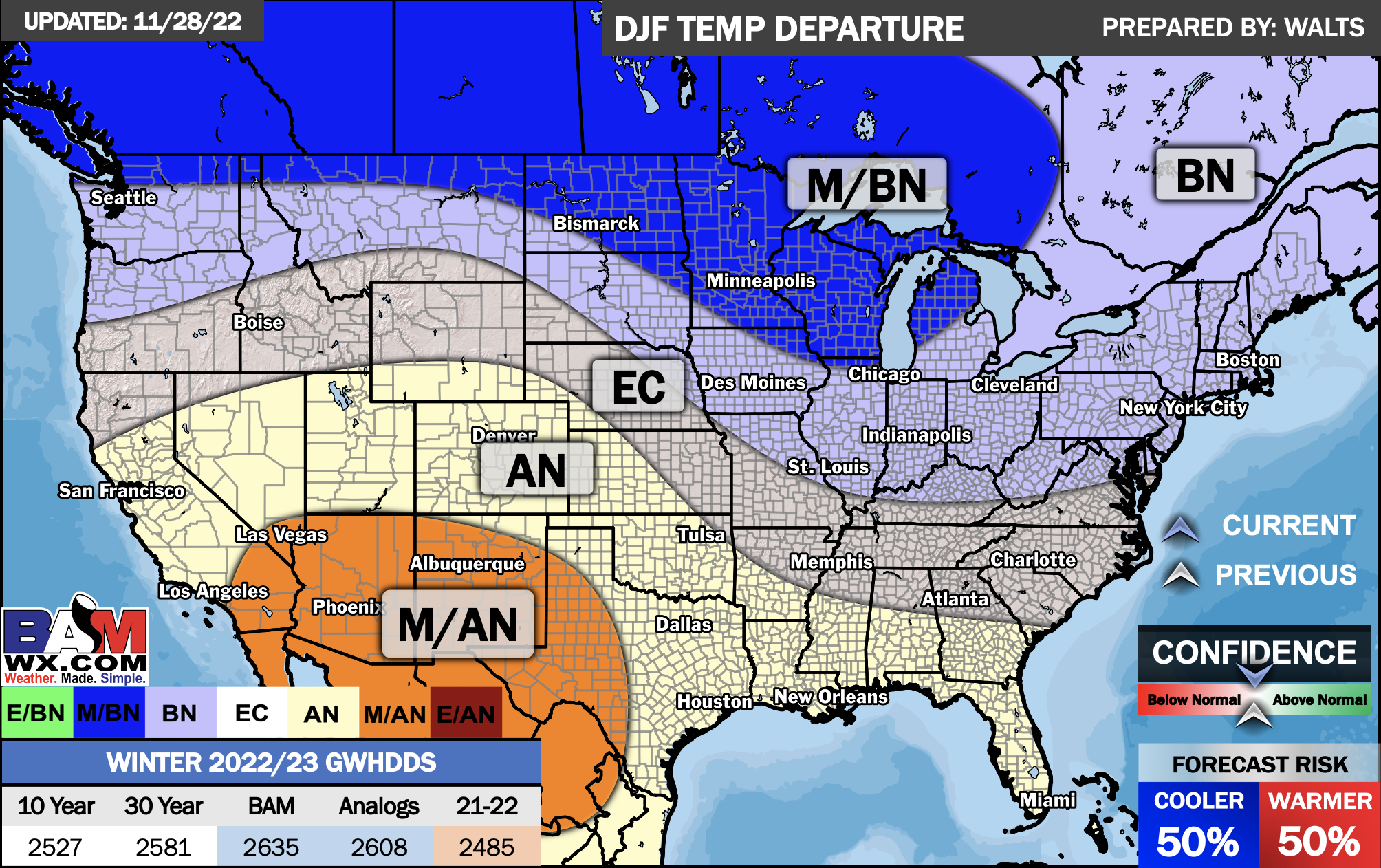
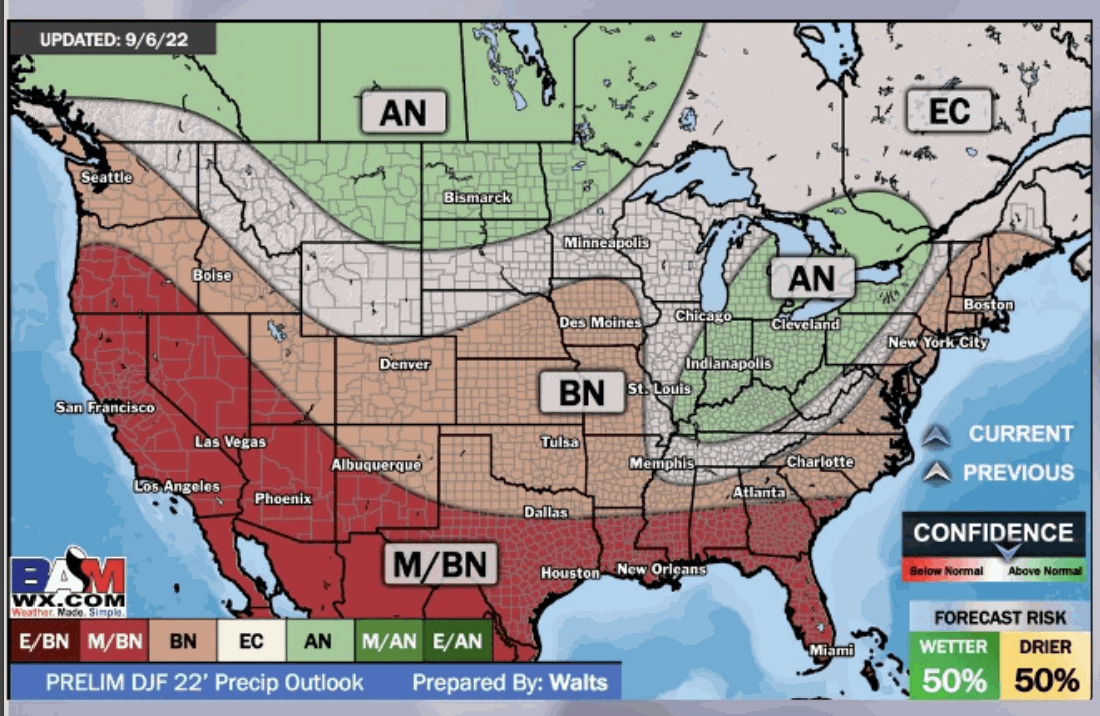
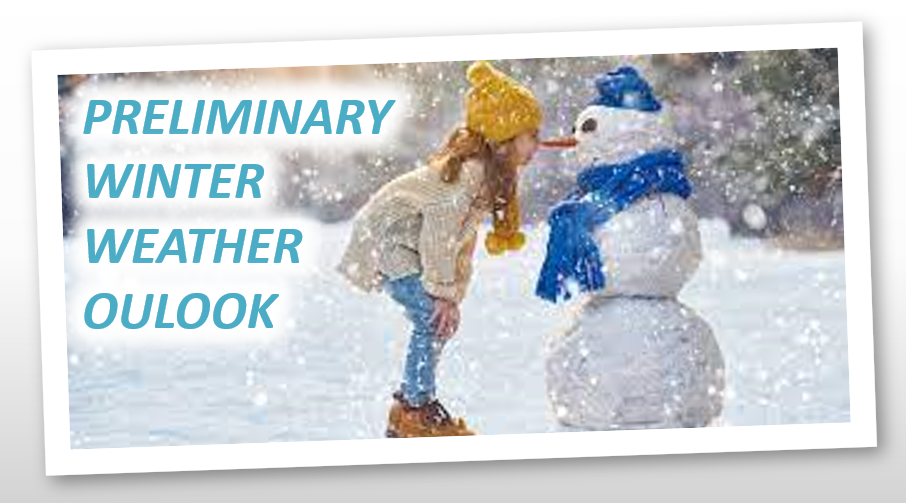
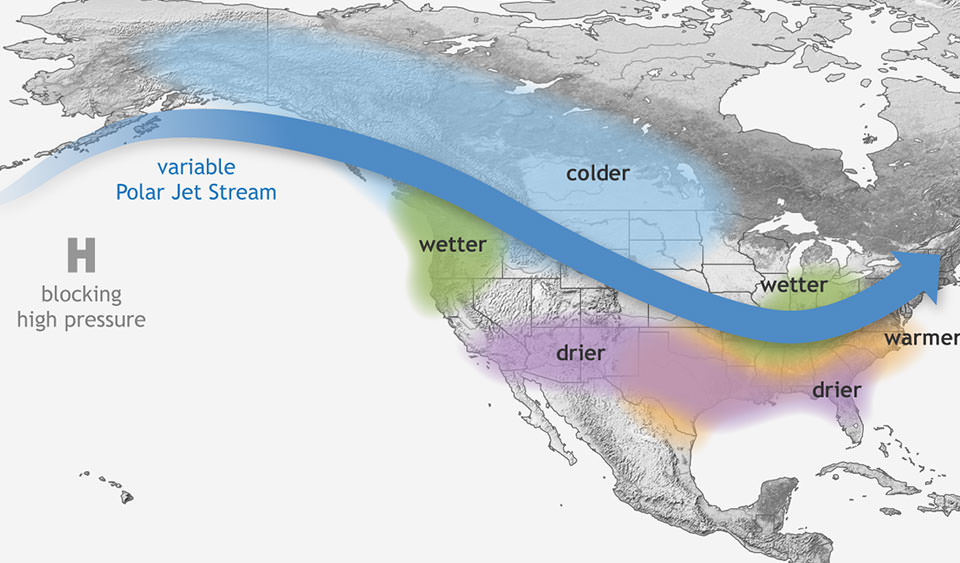
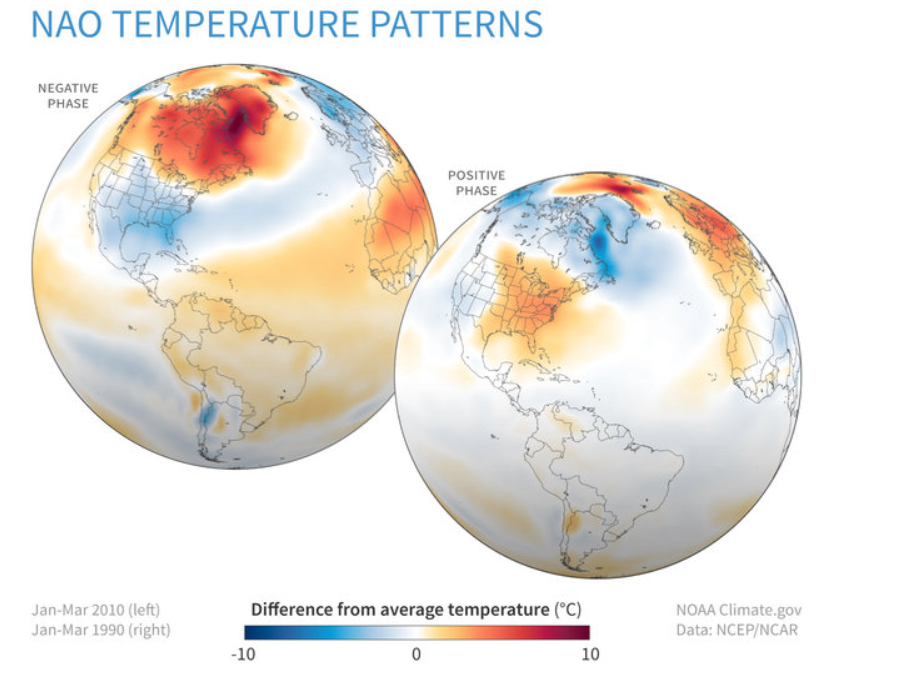
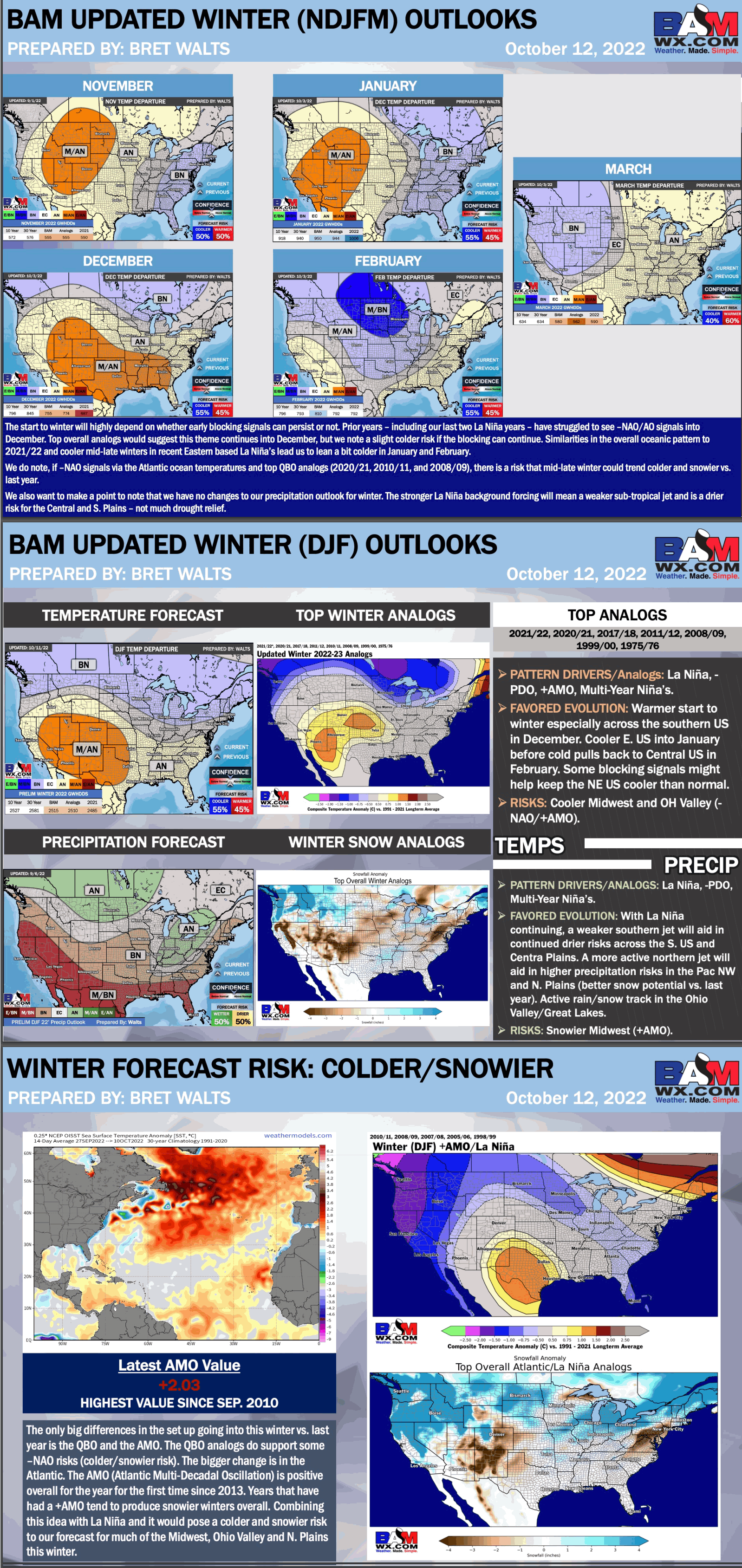
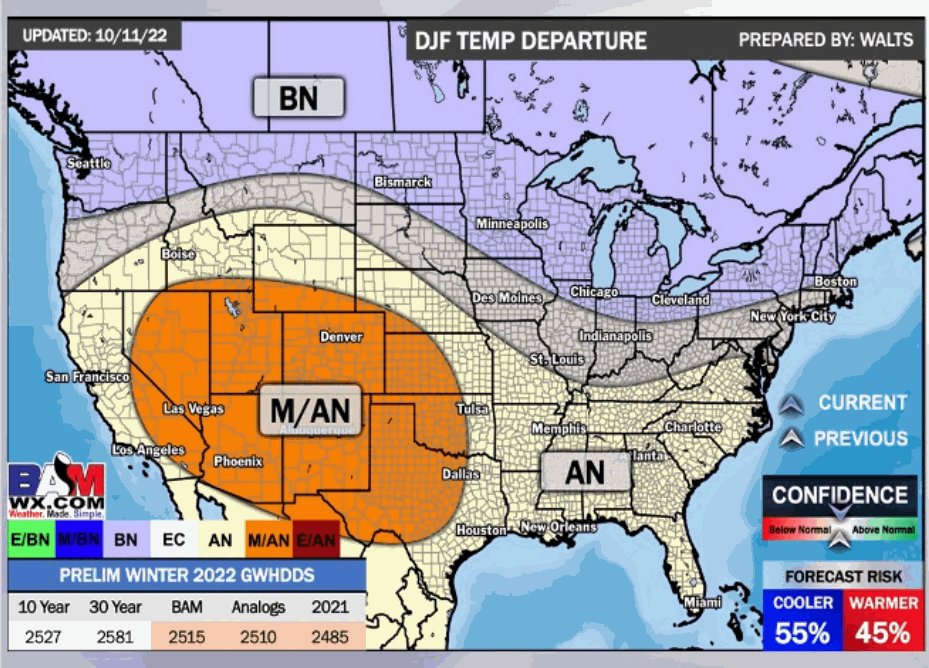
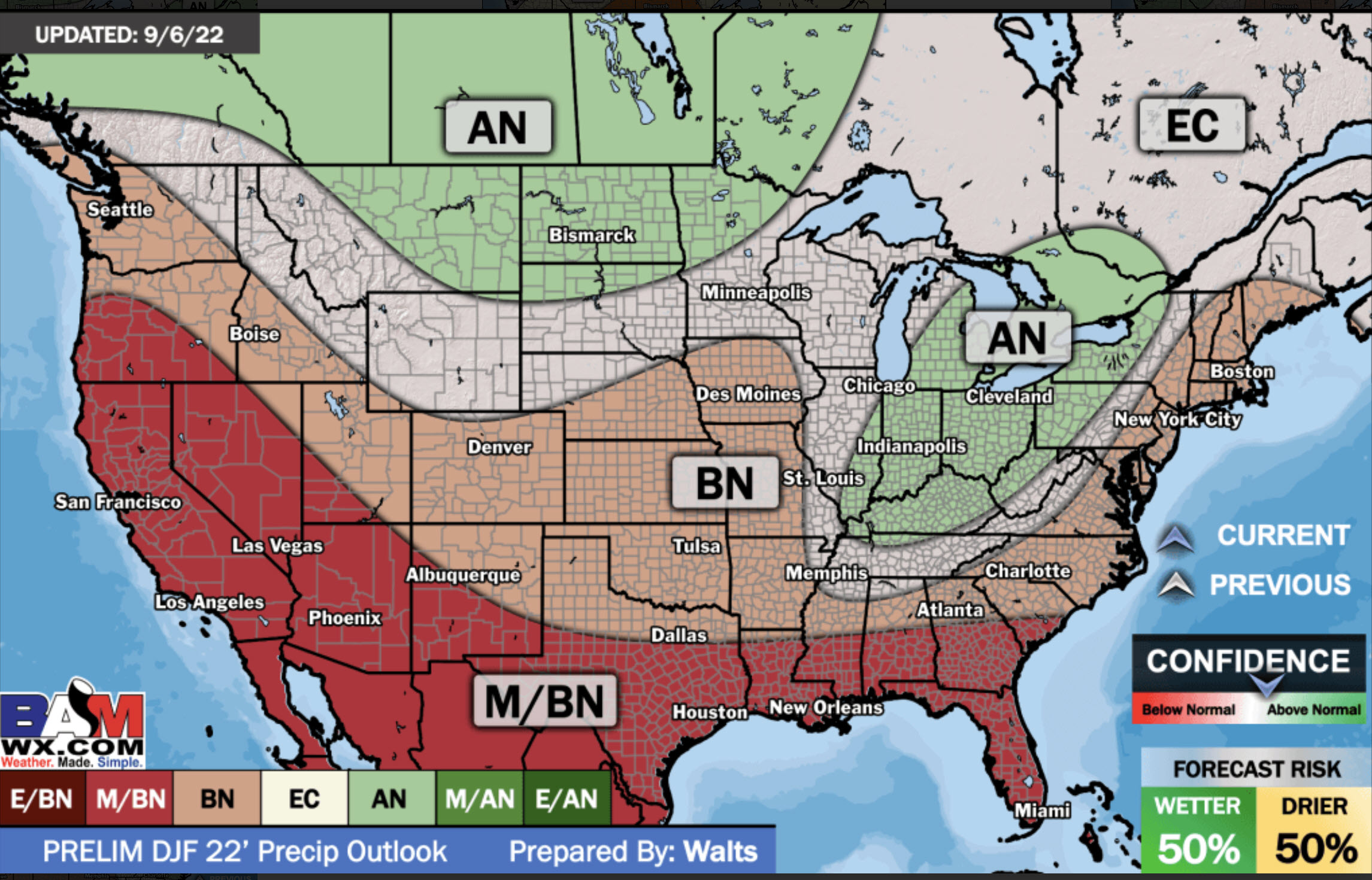




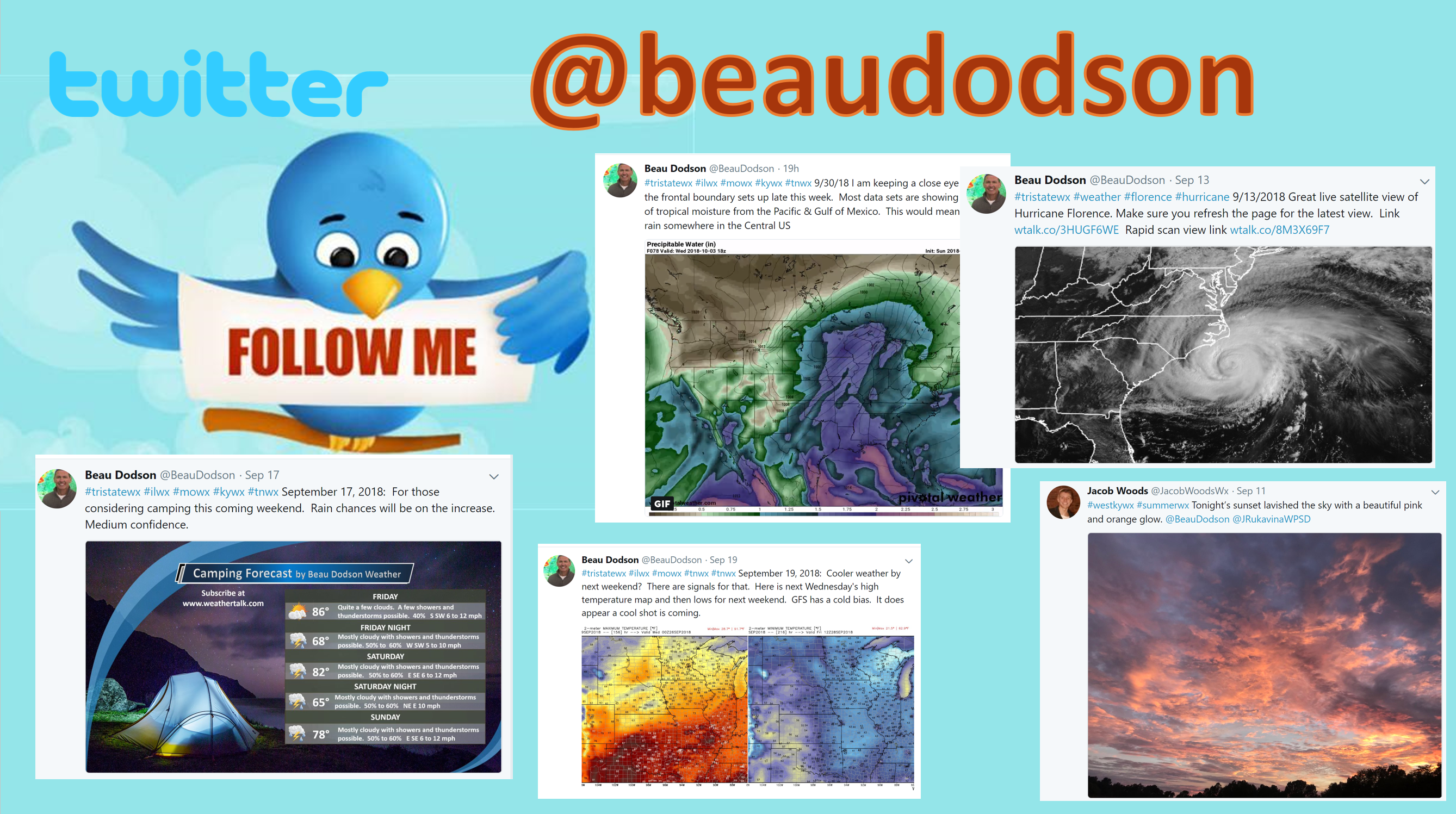 .
.